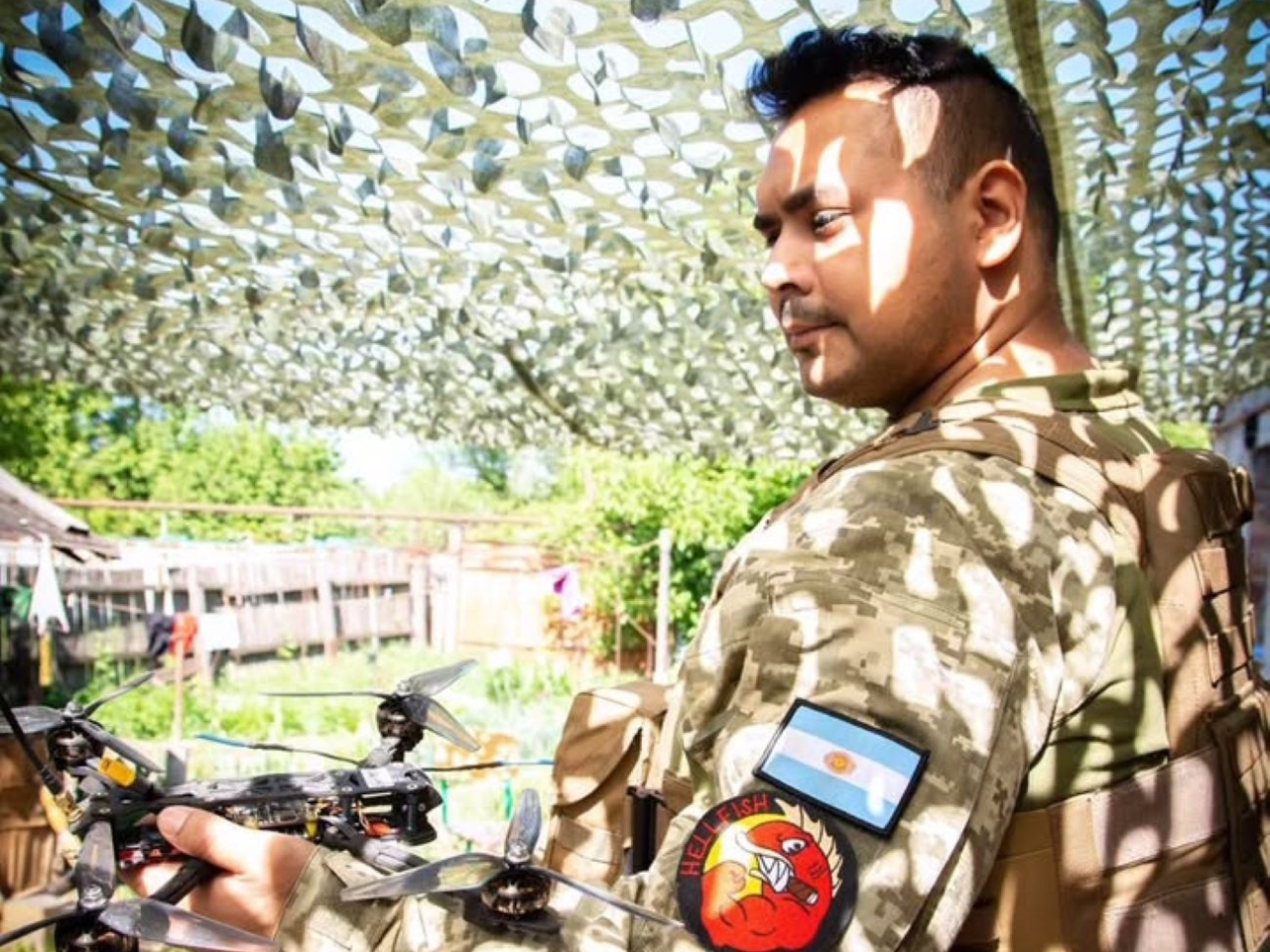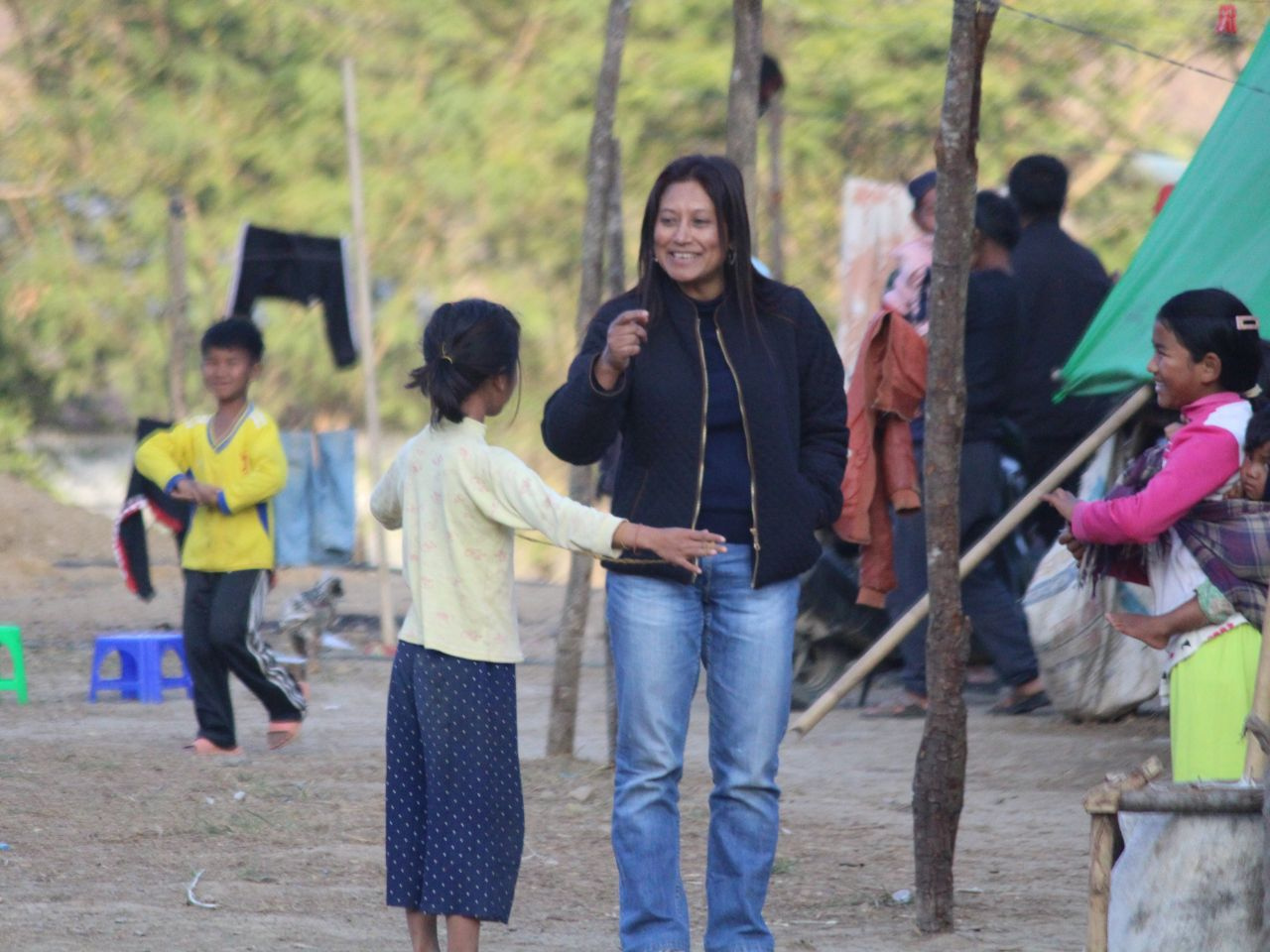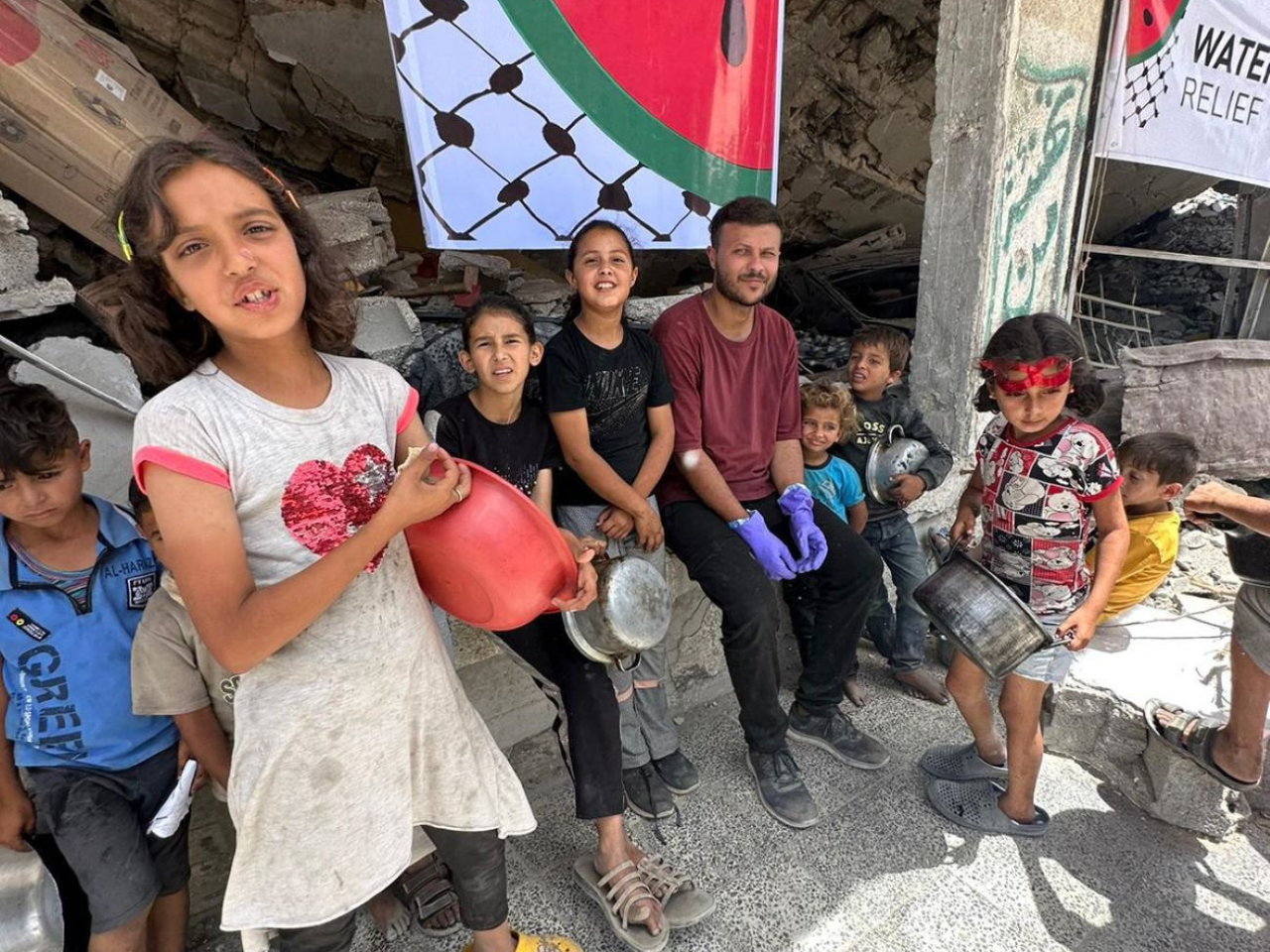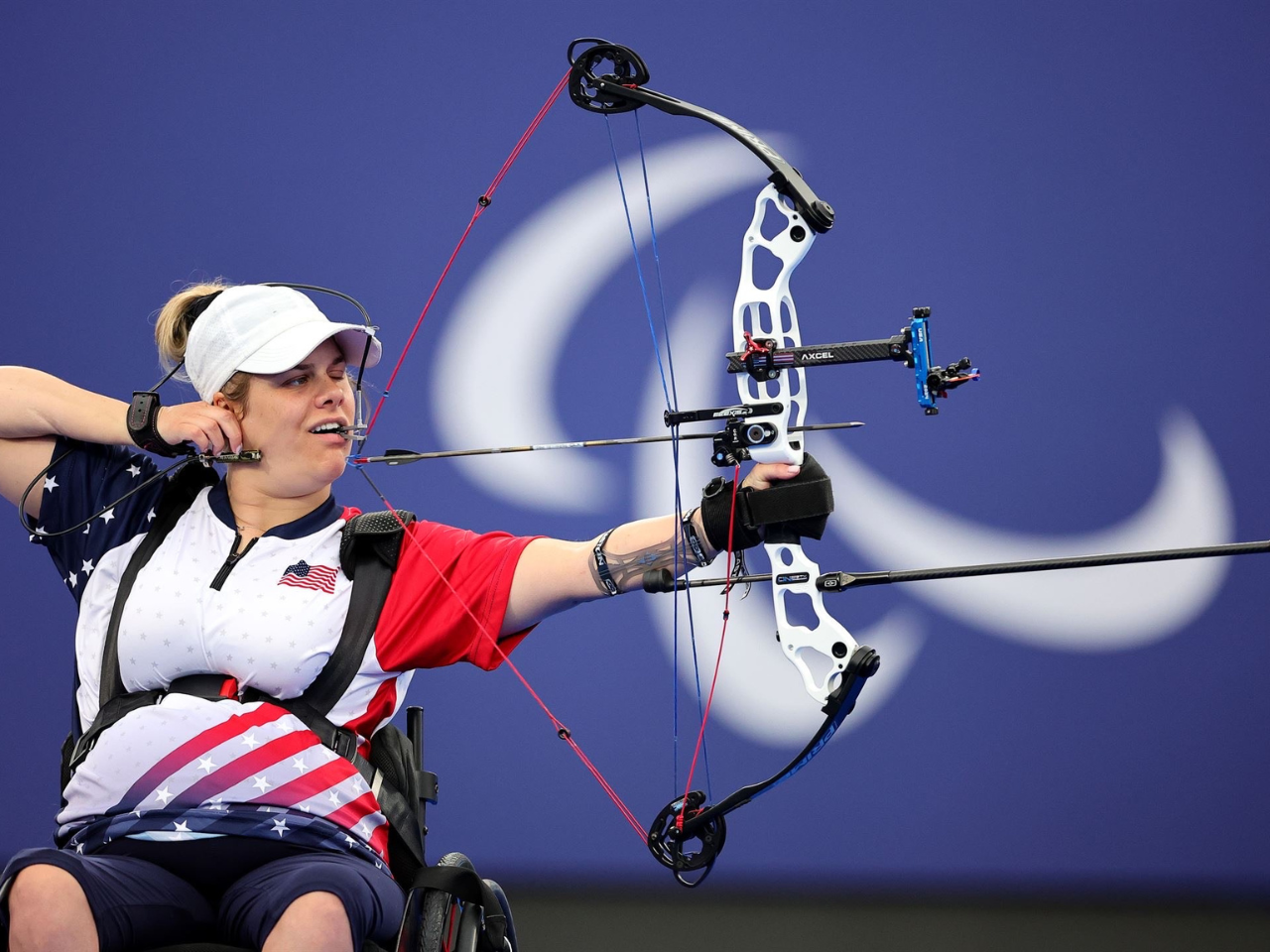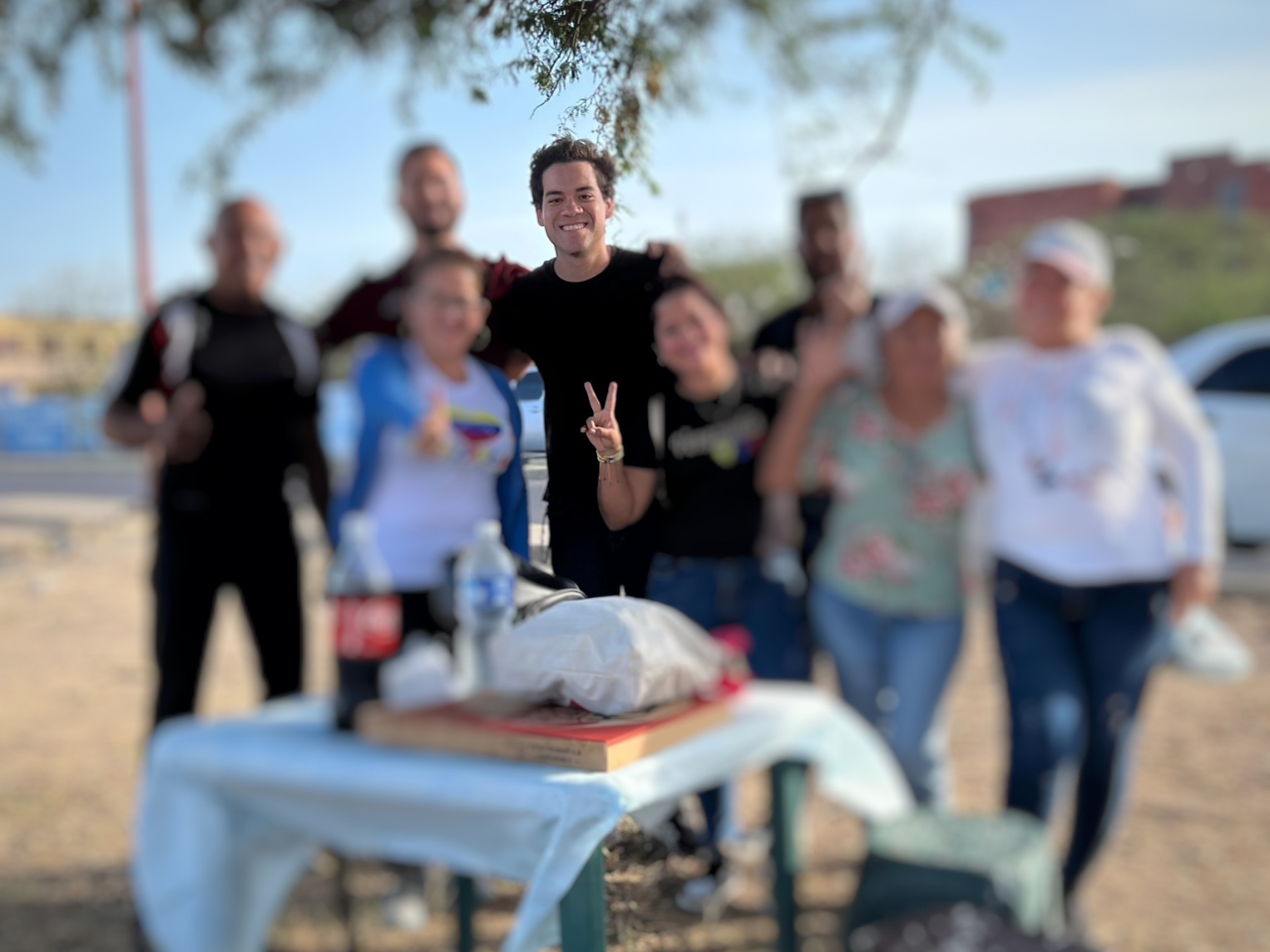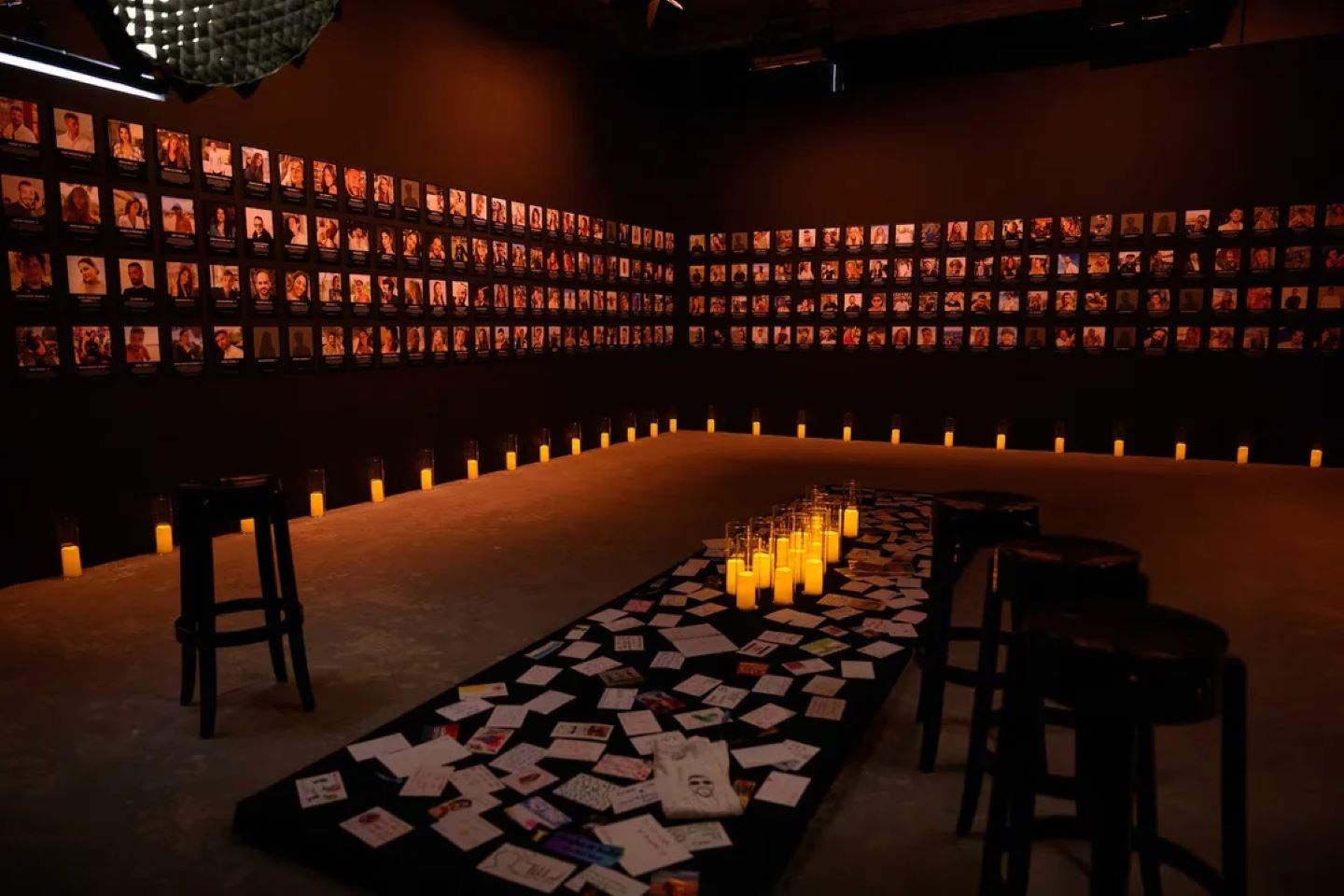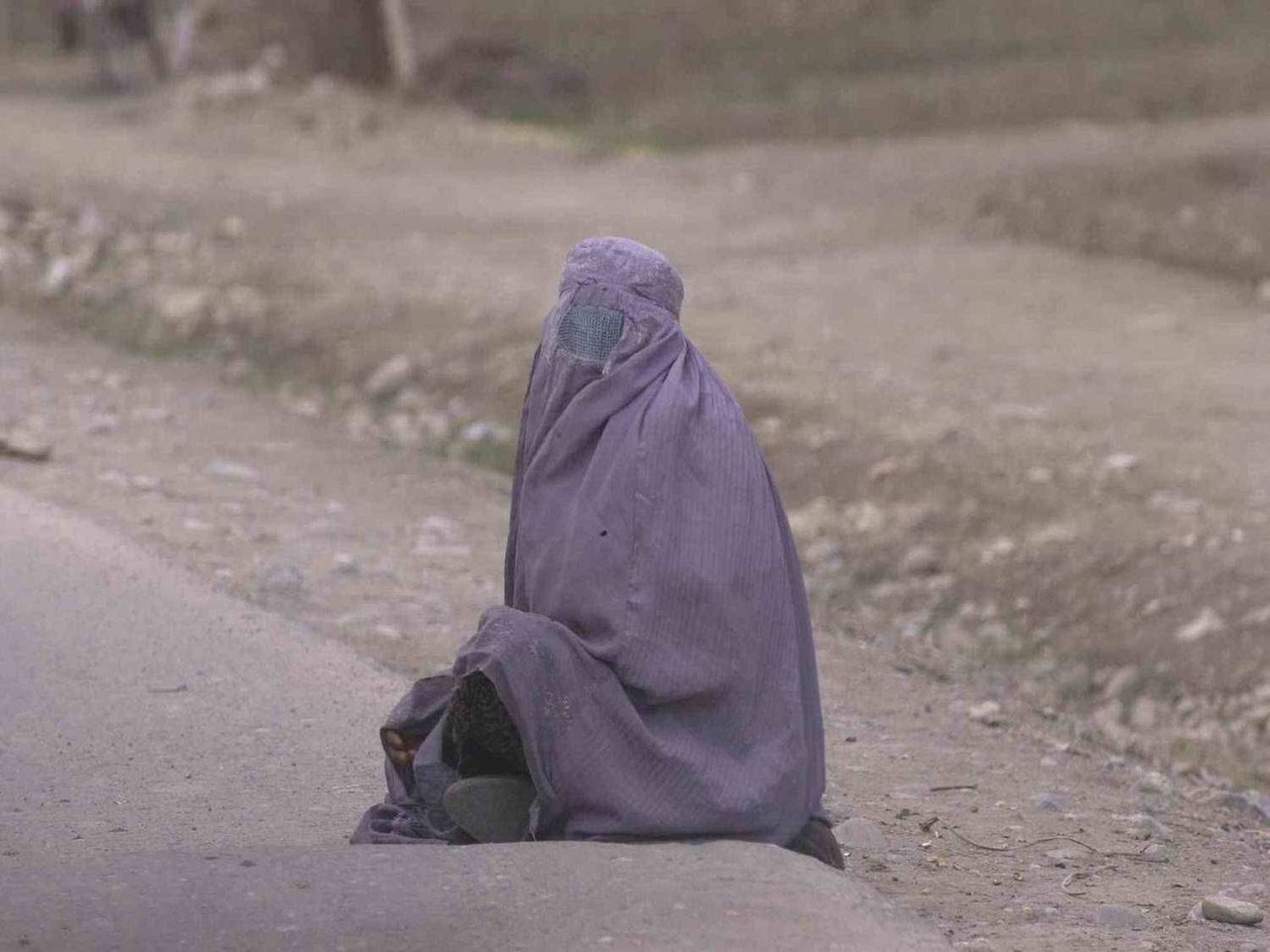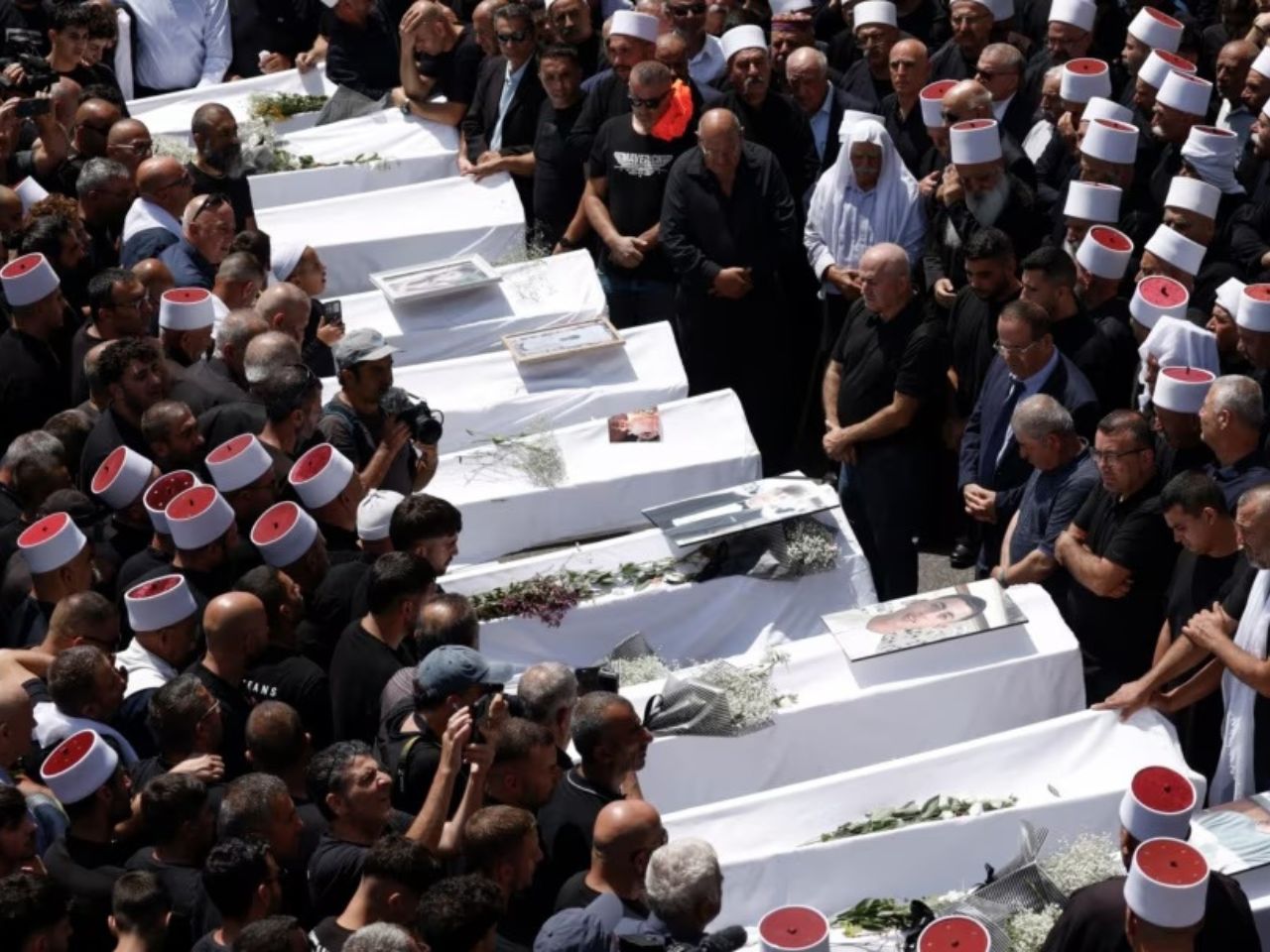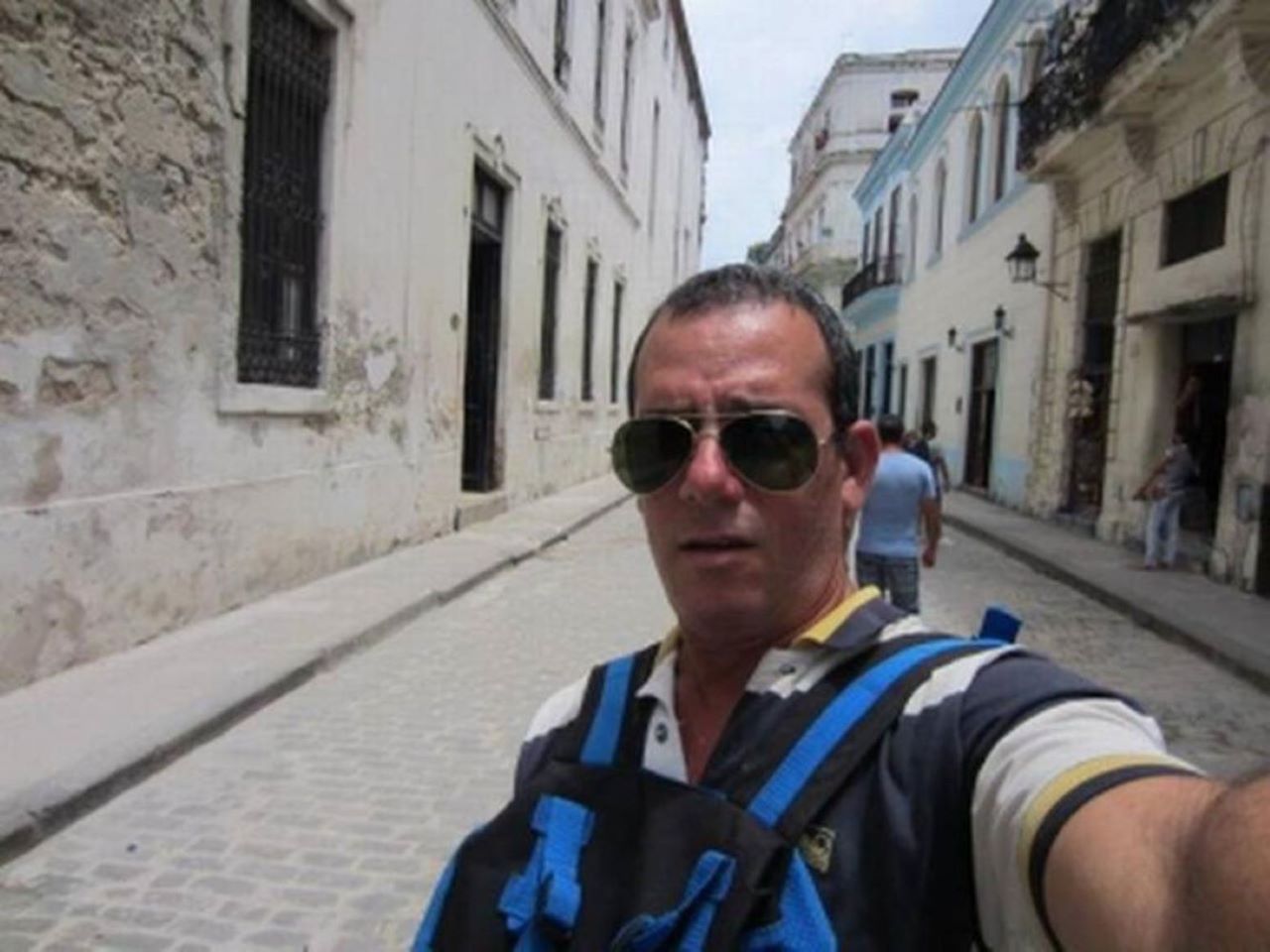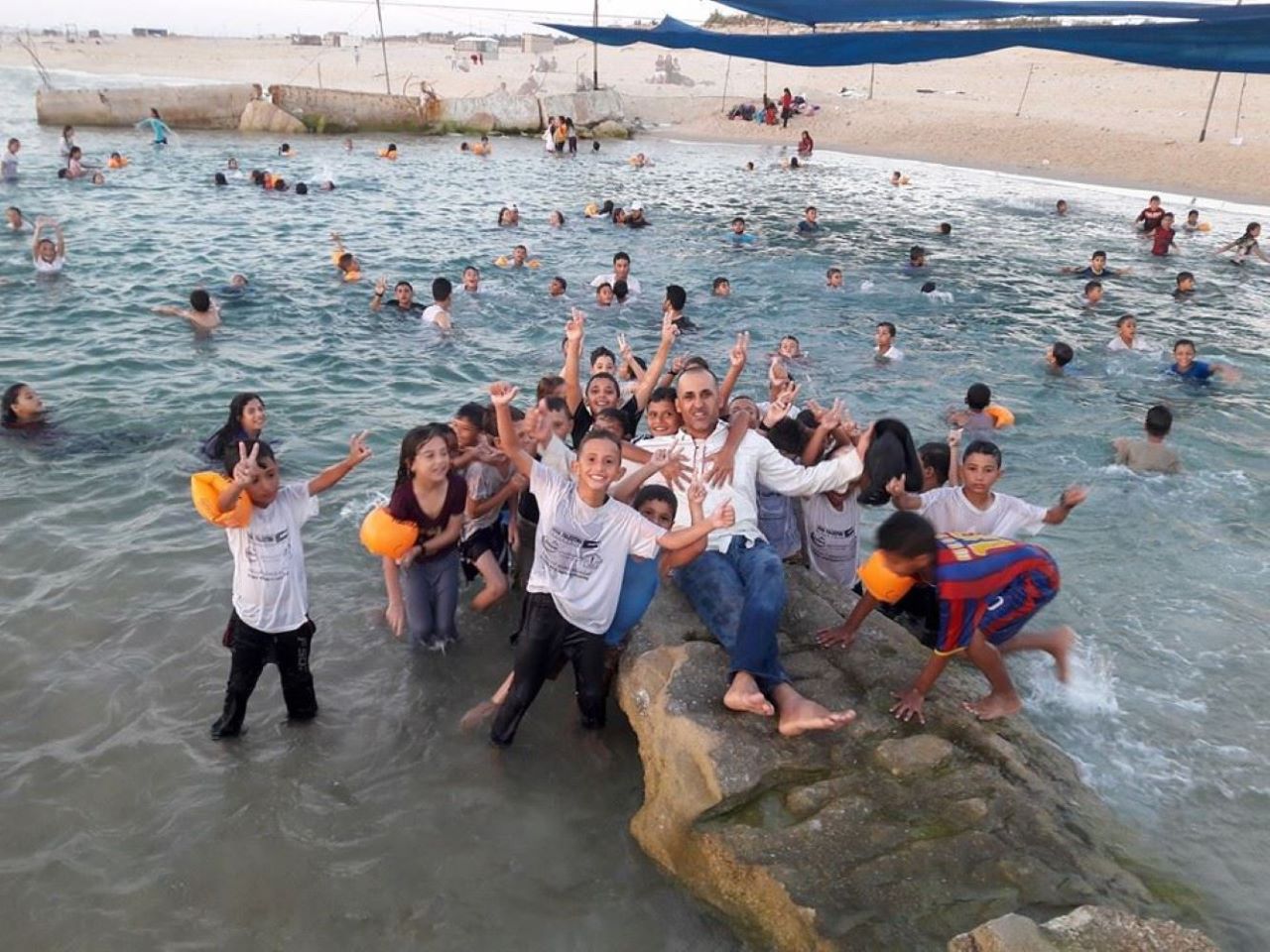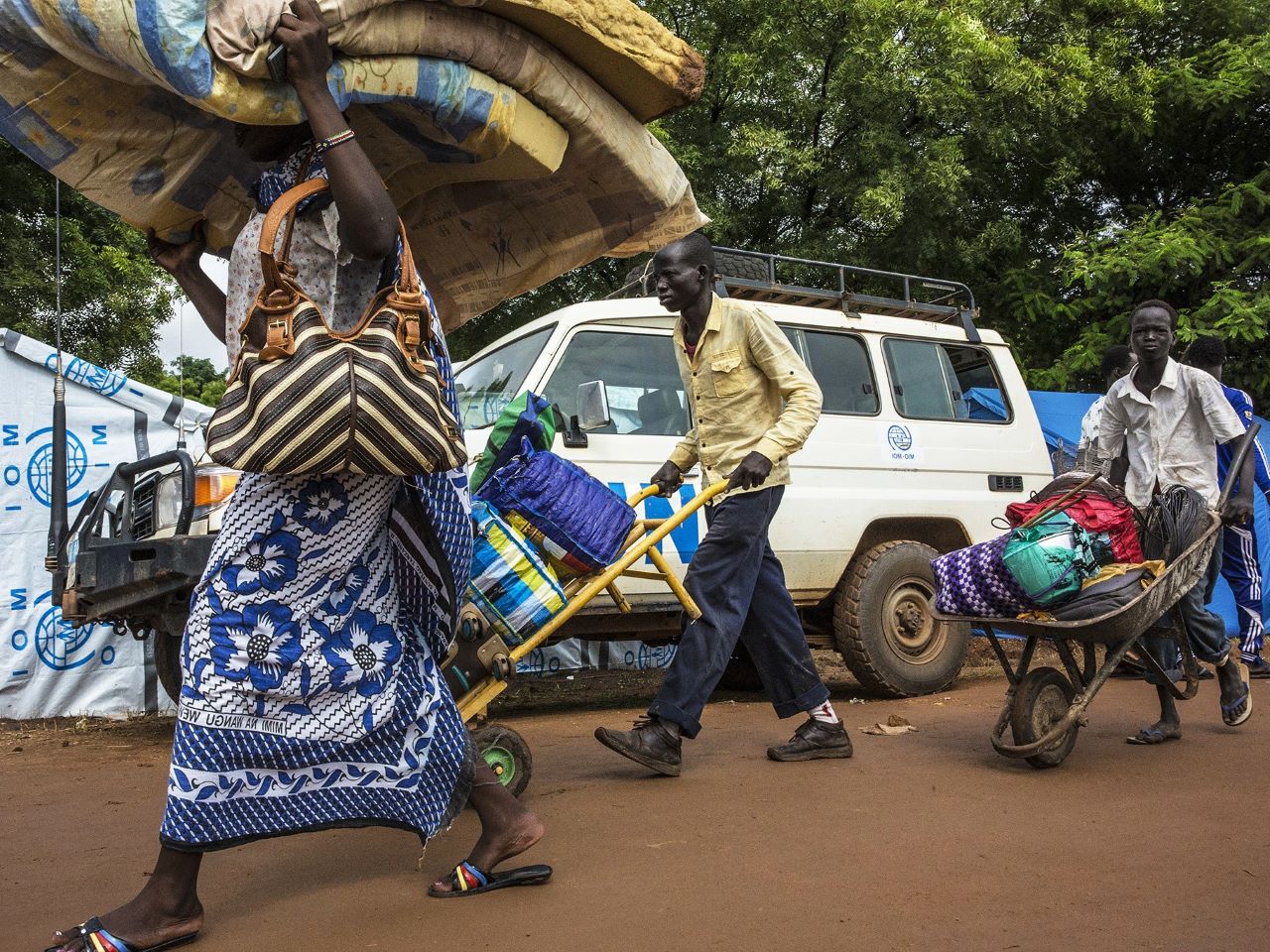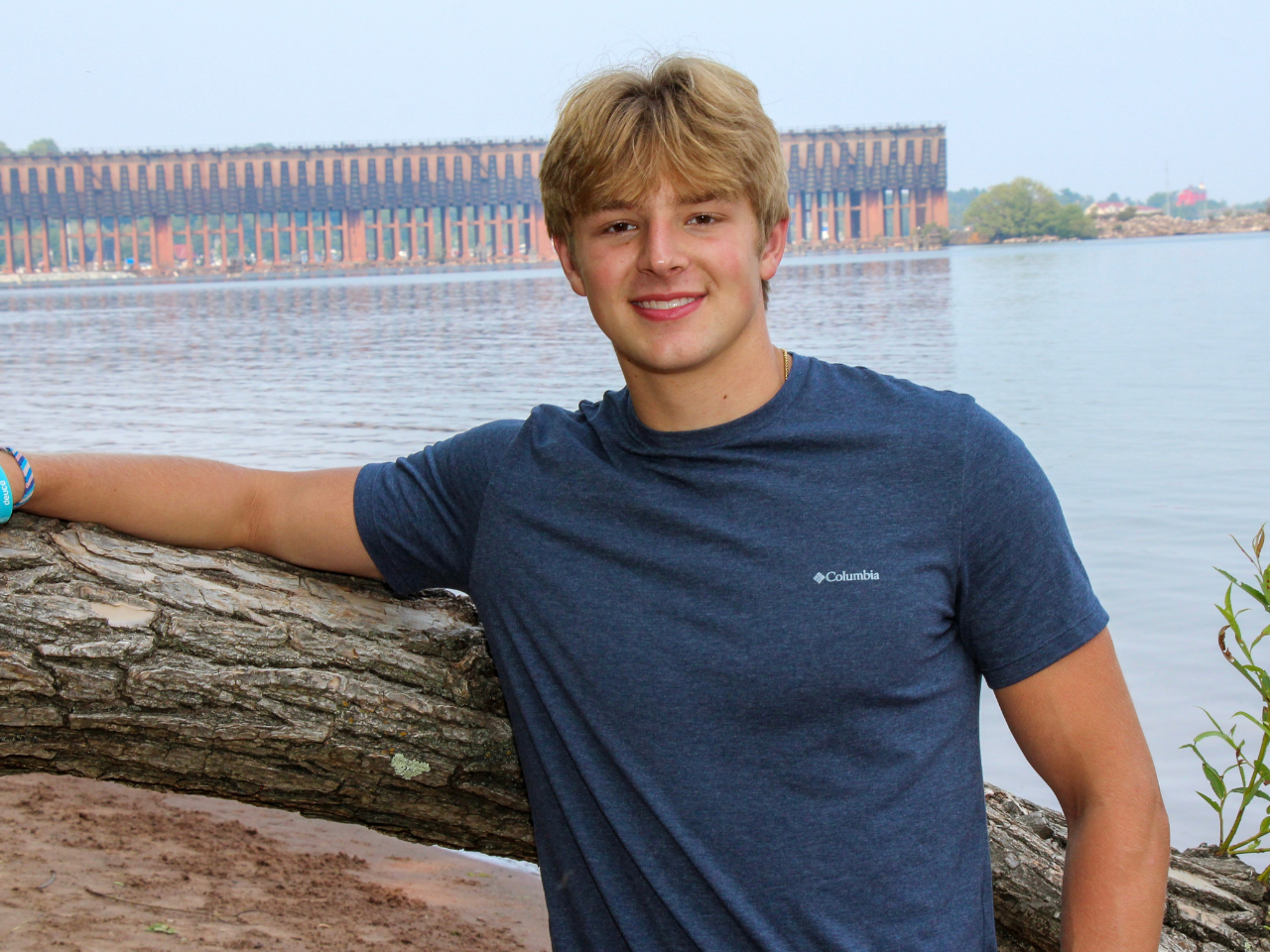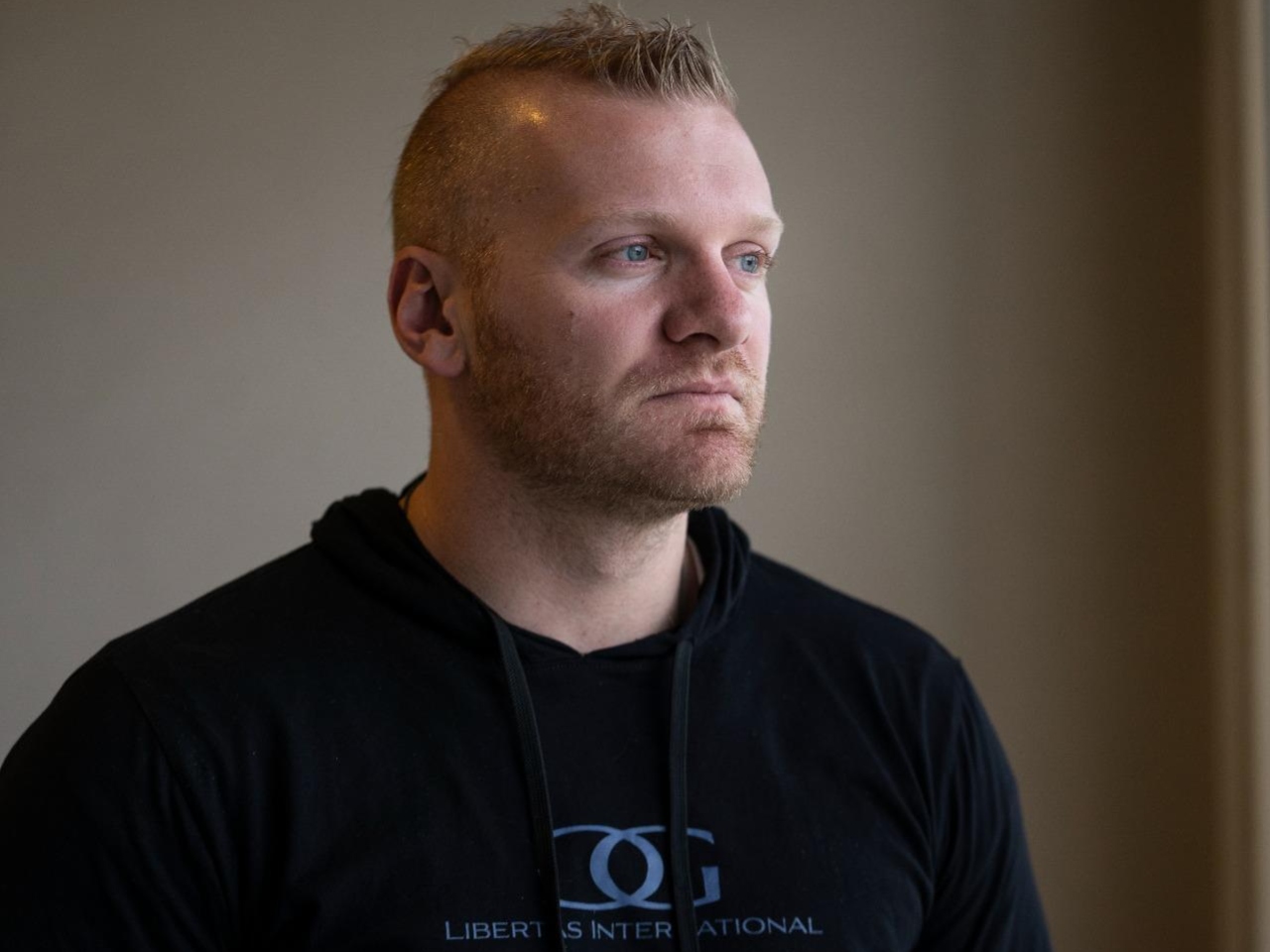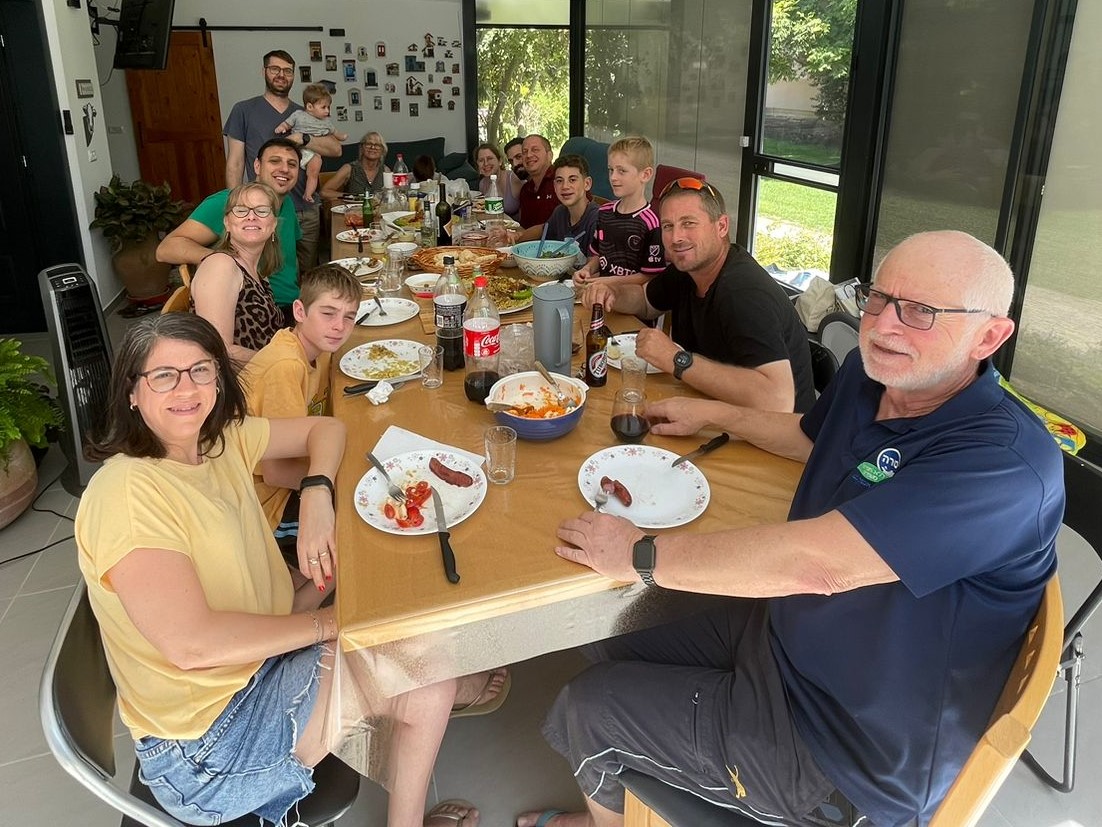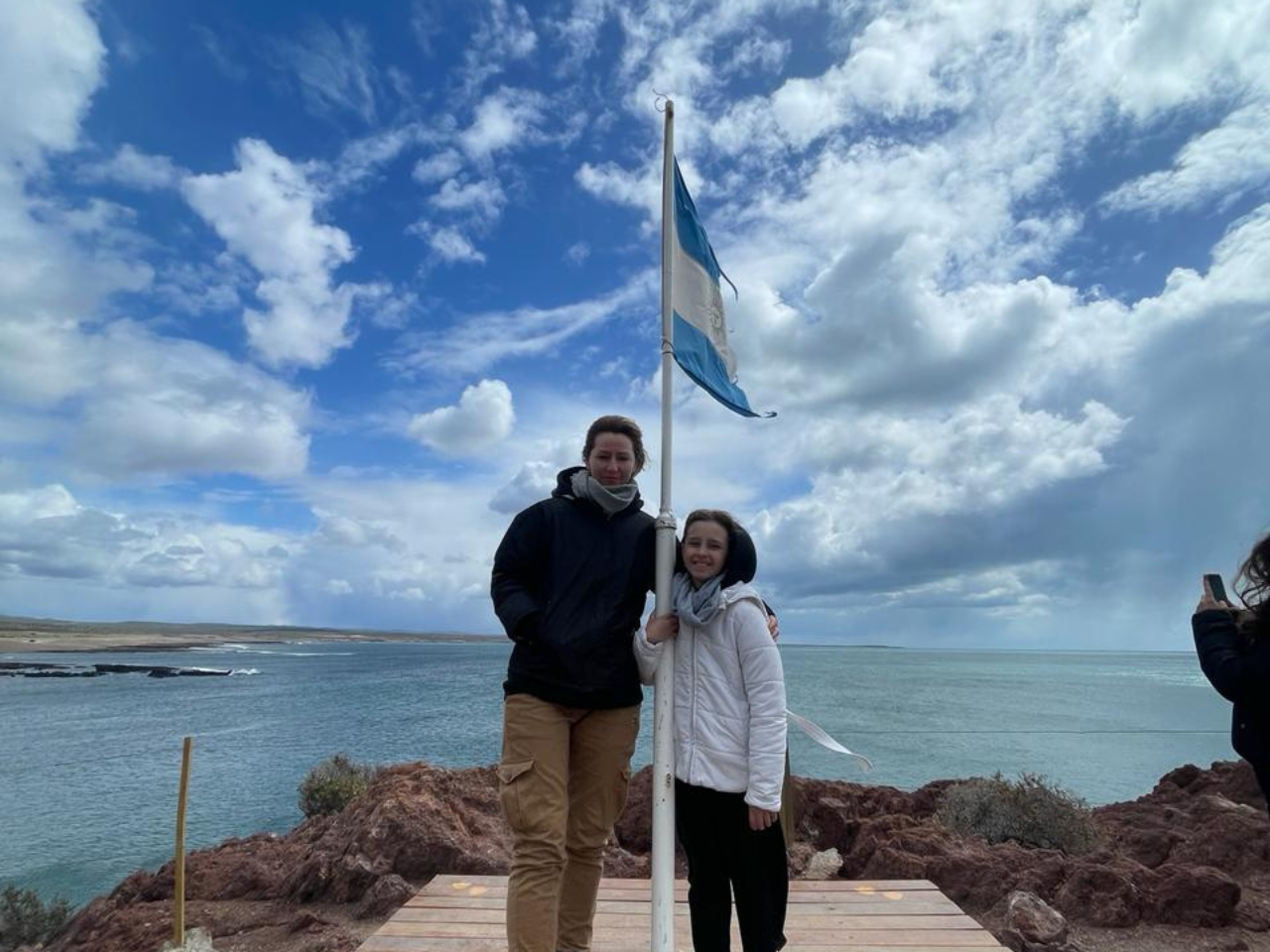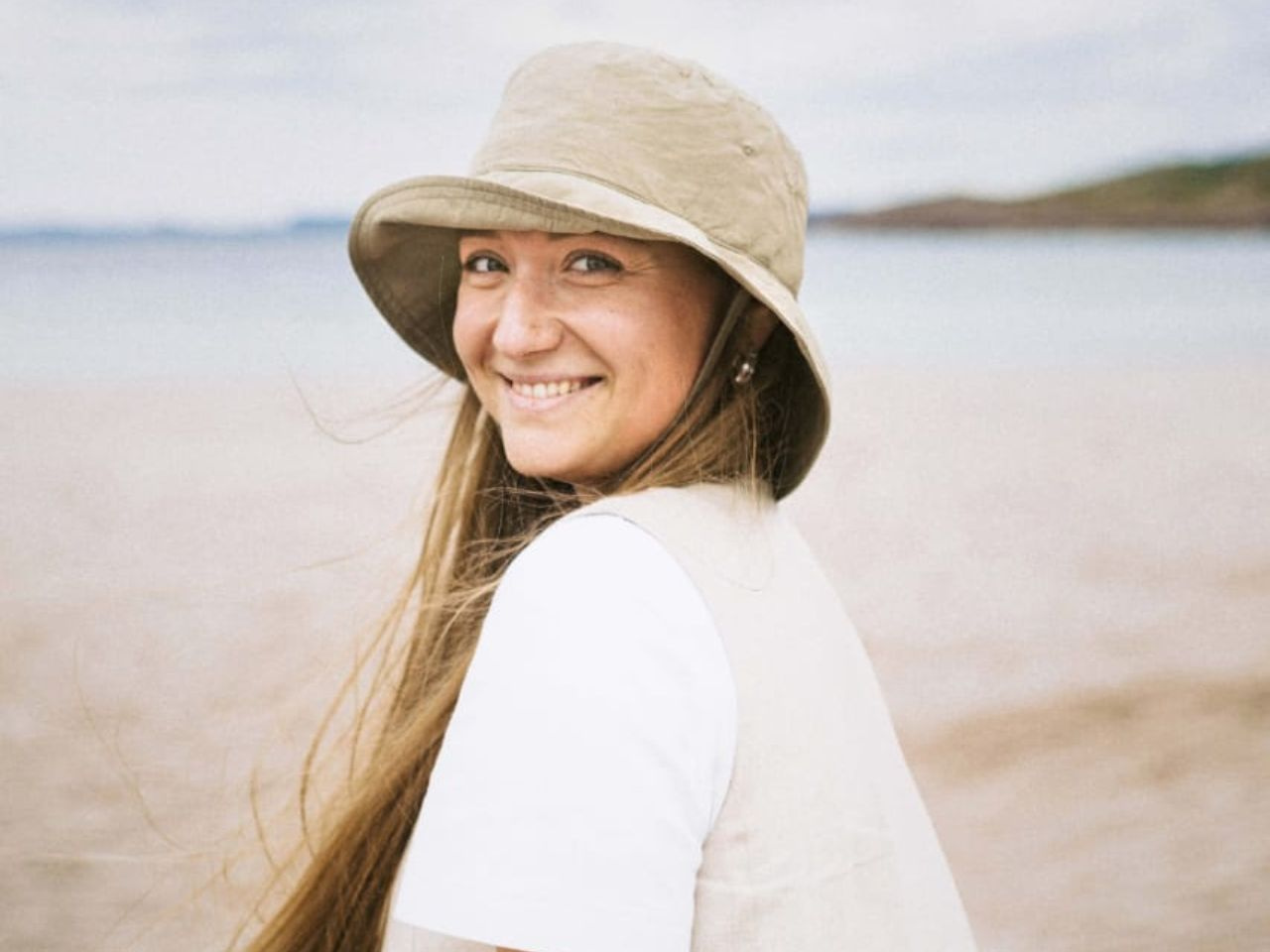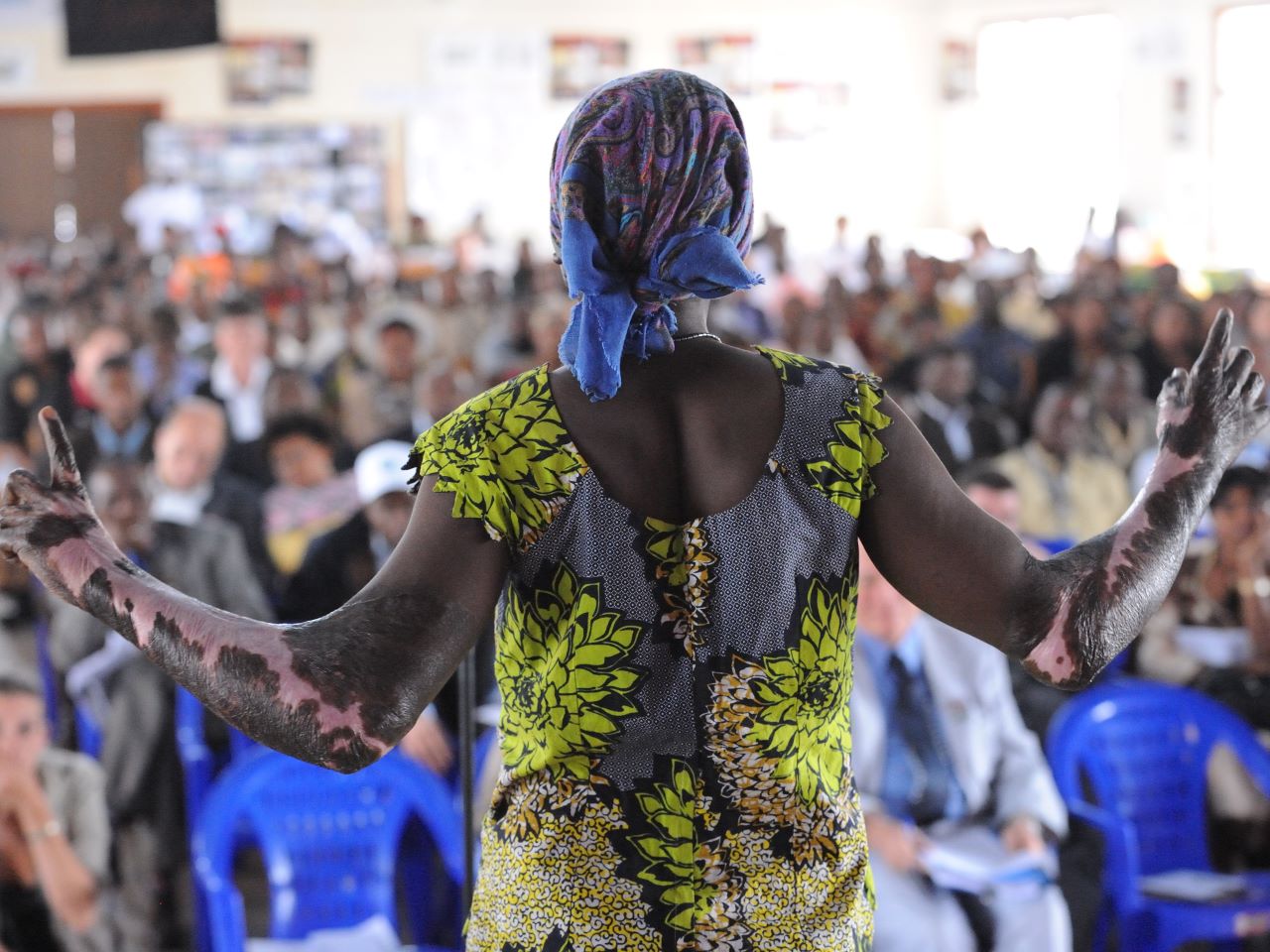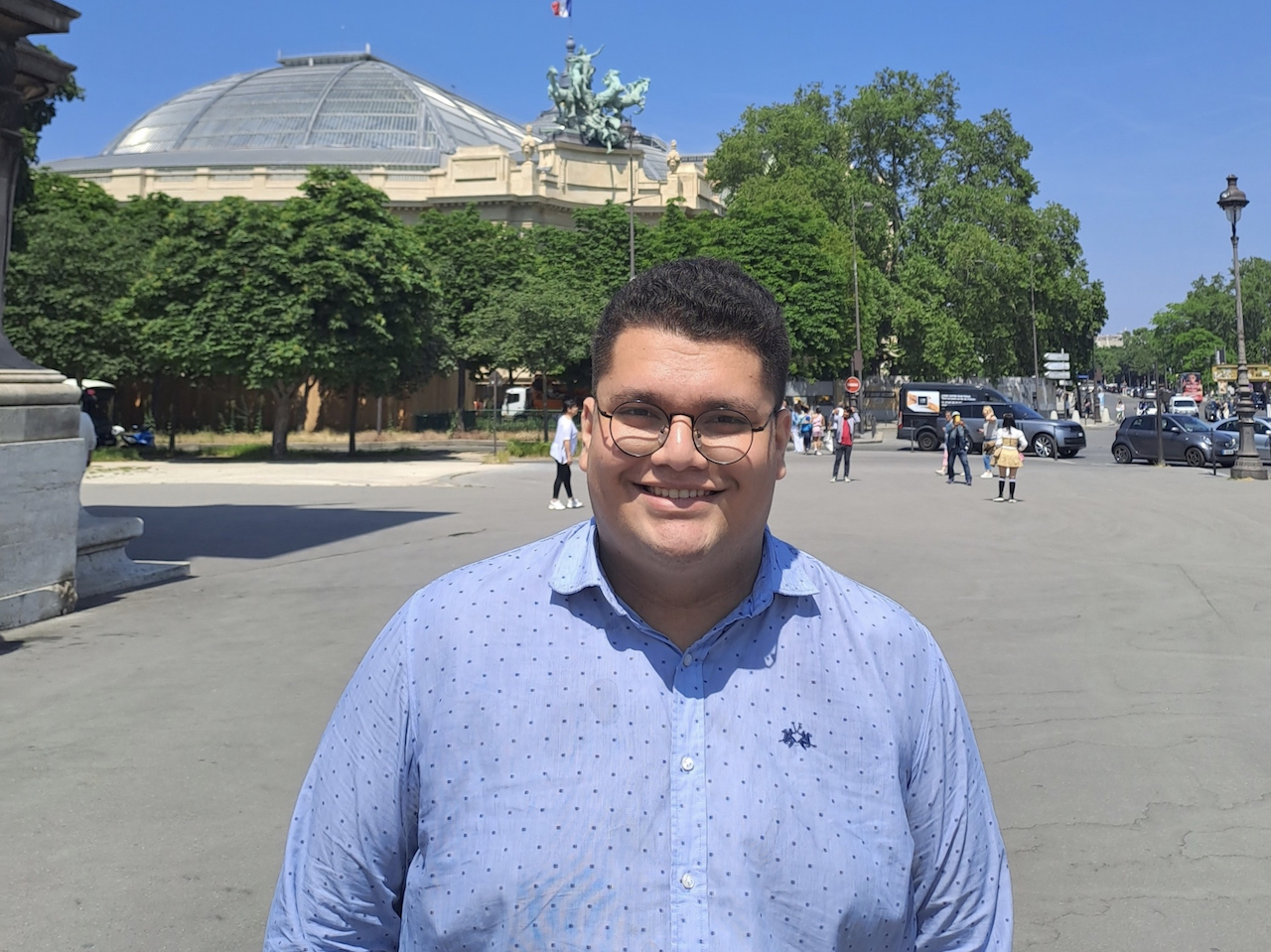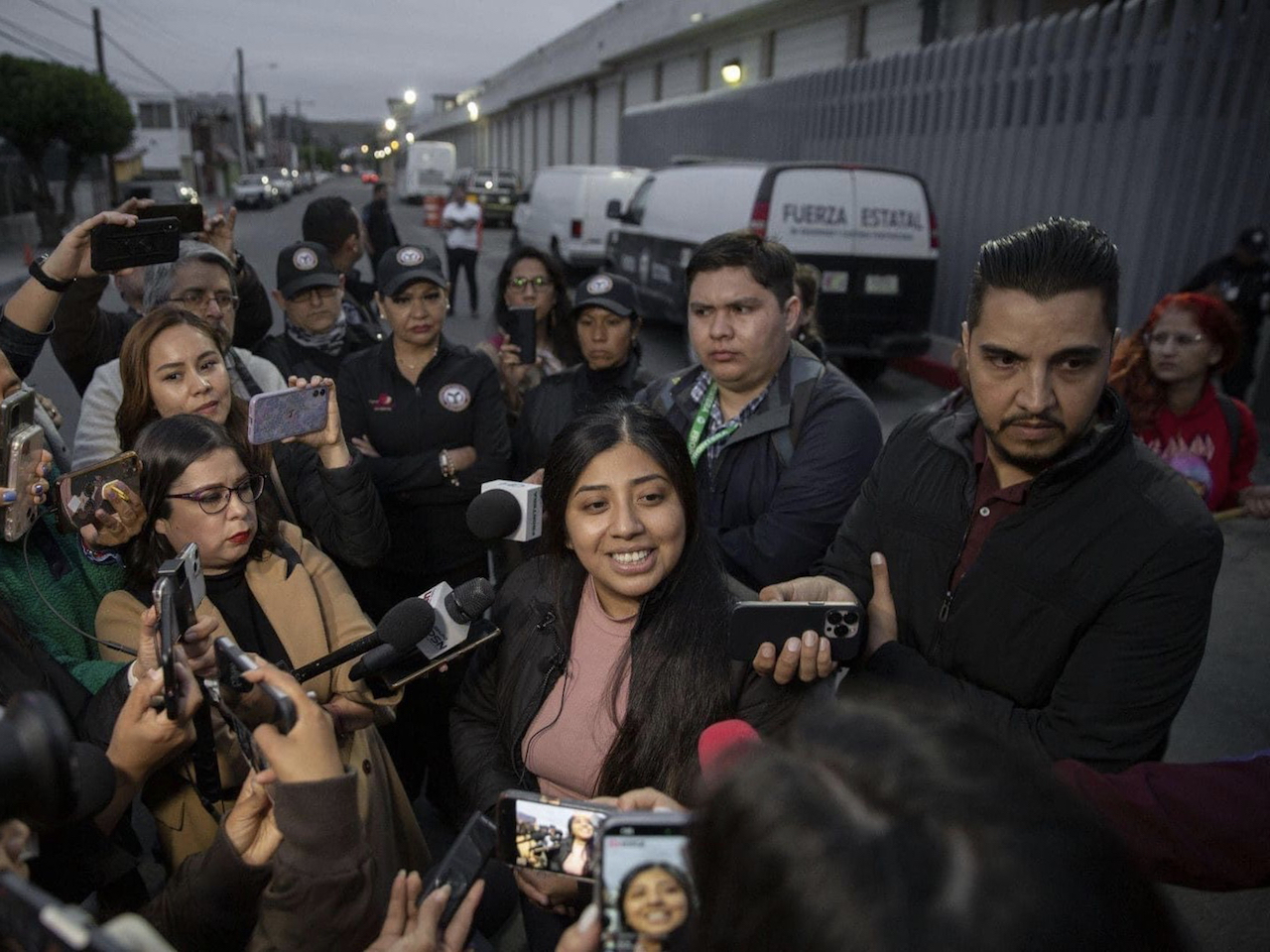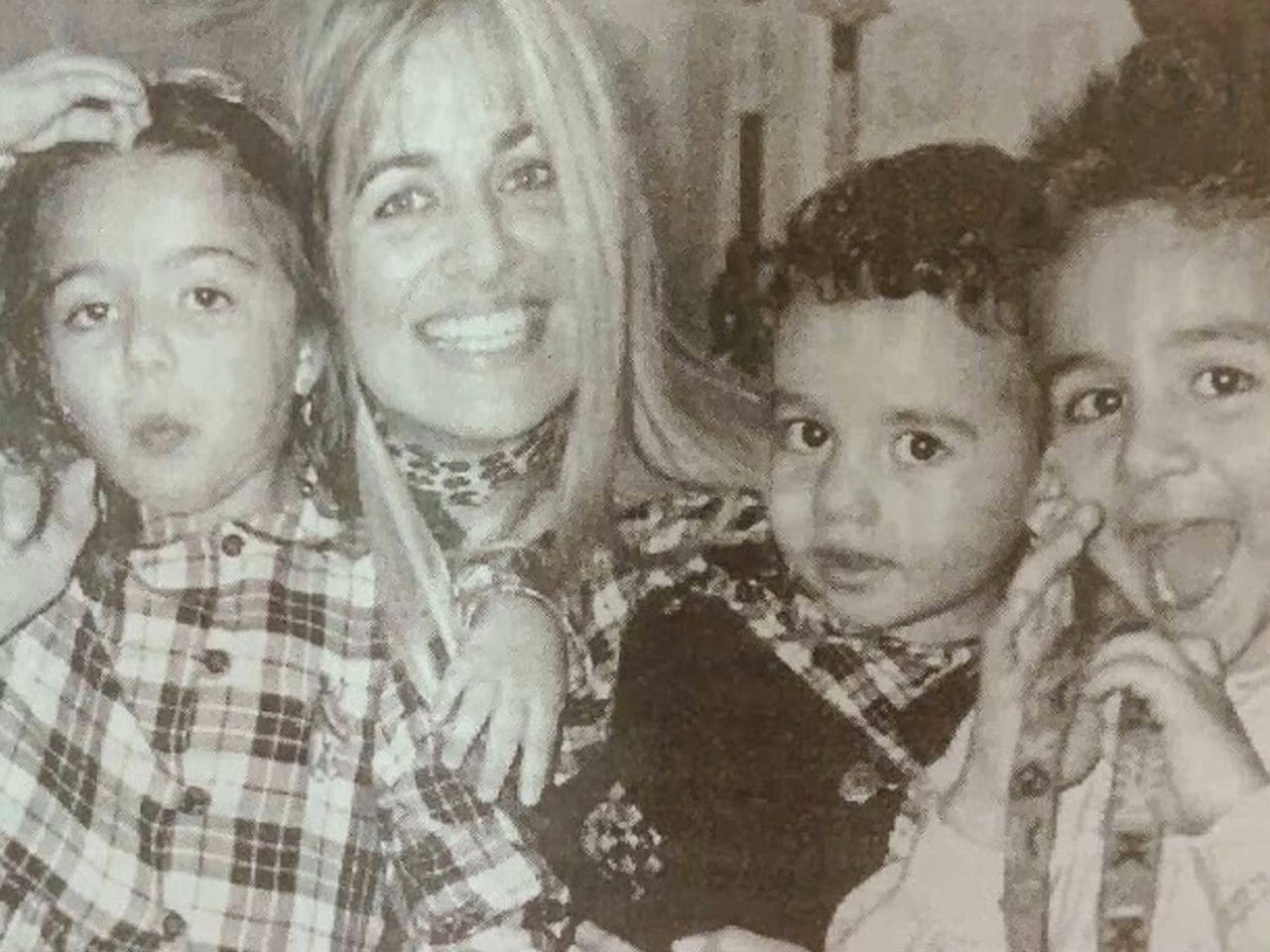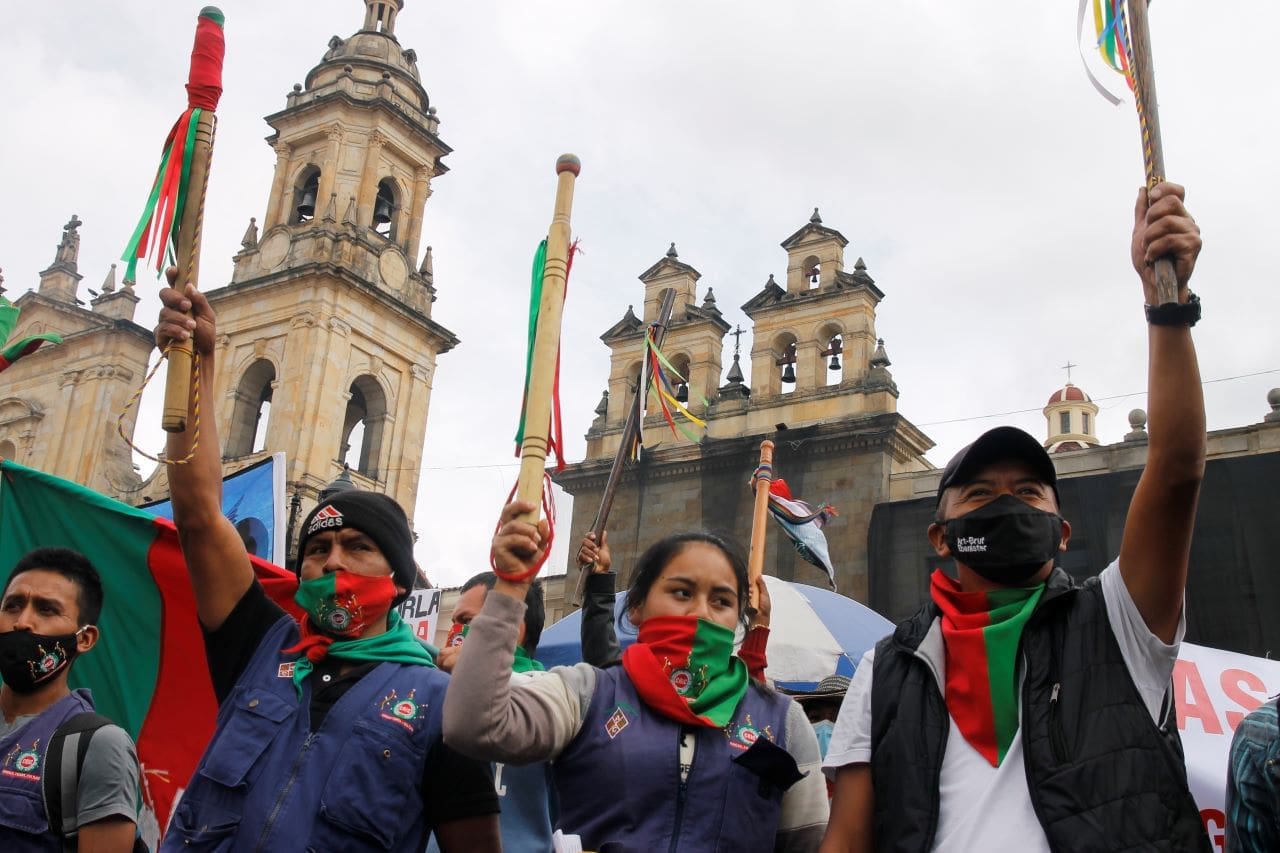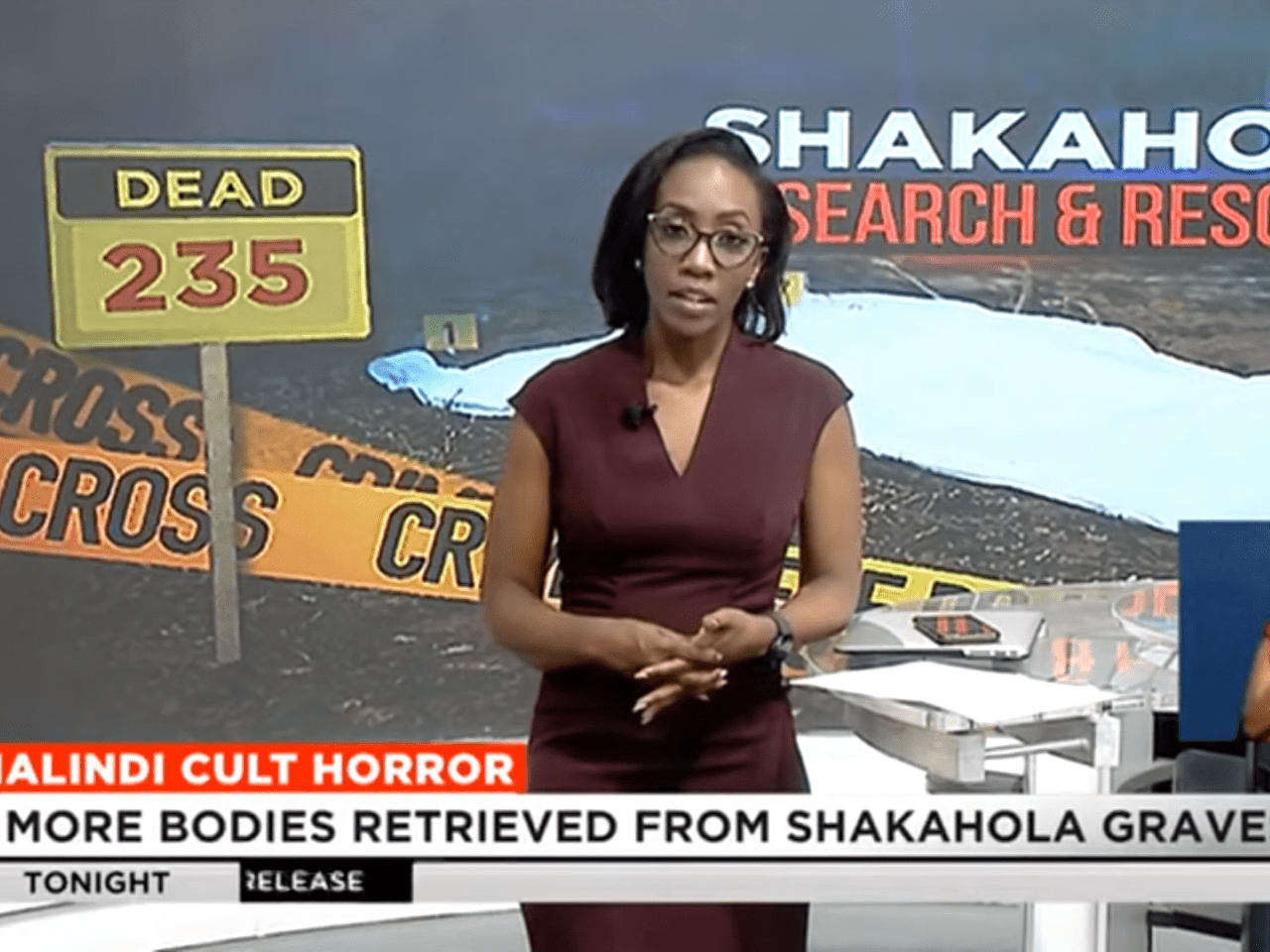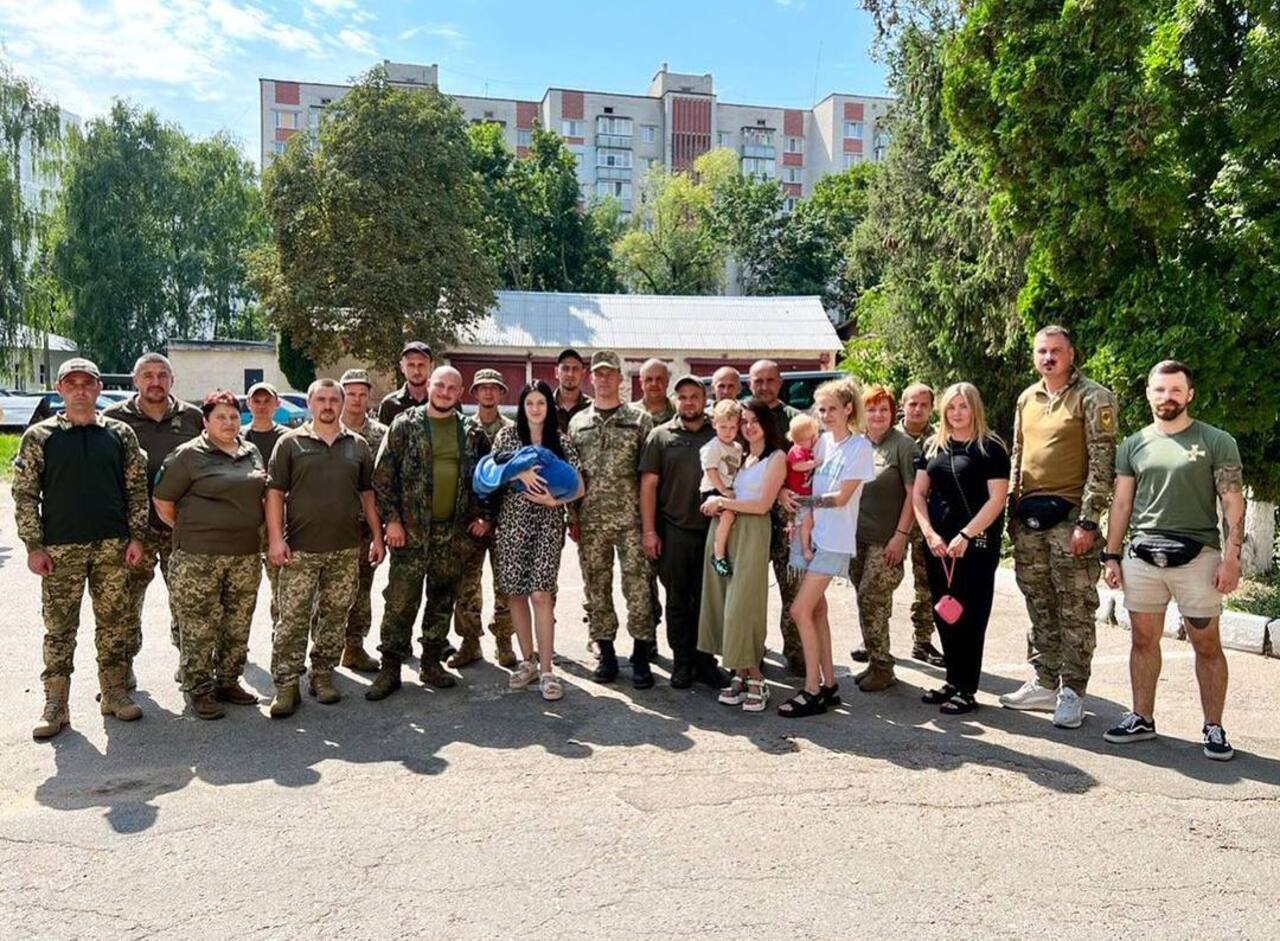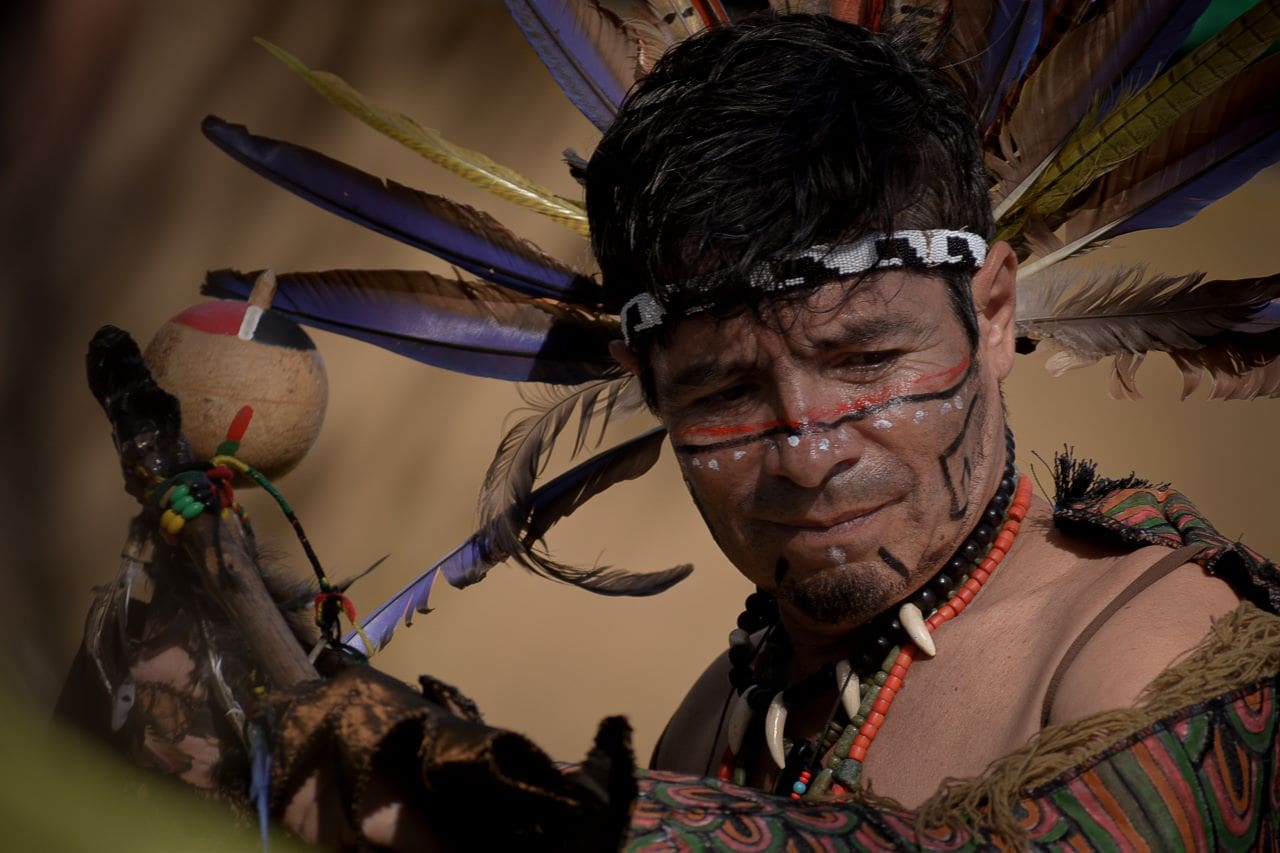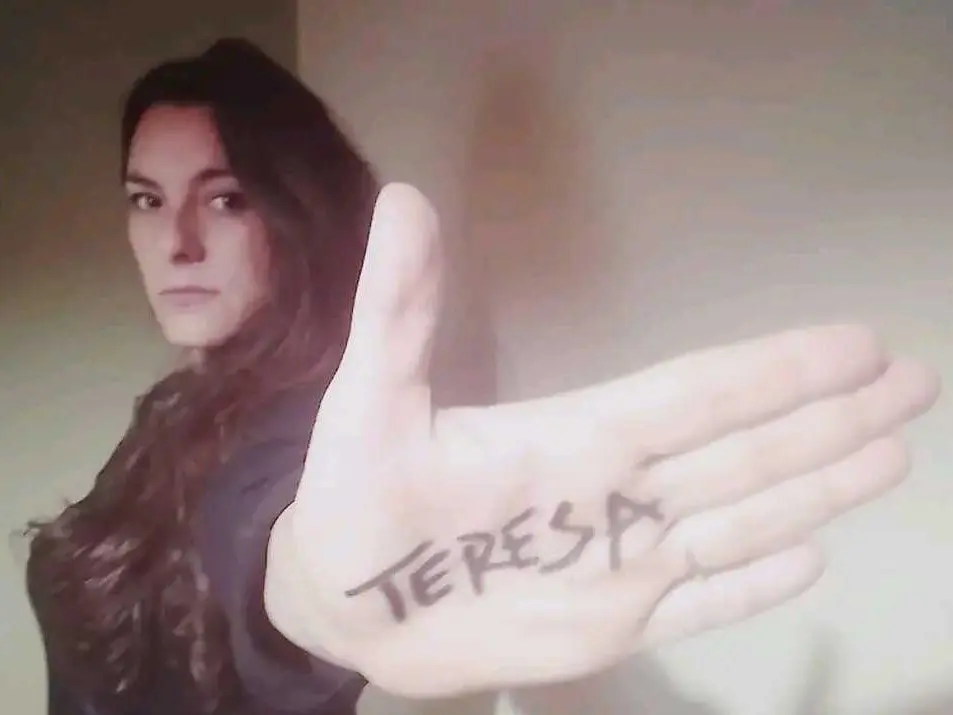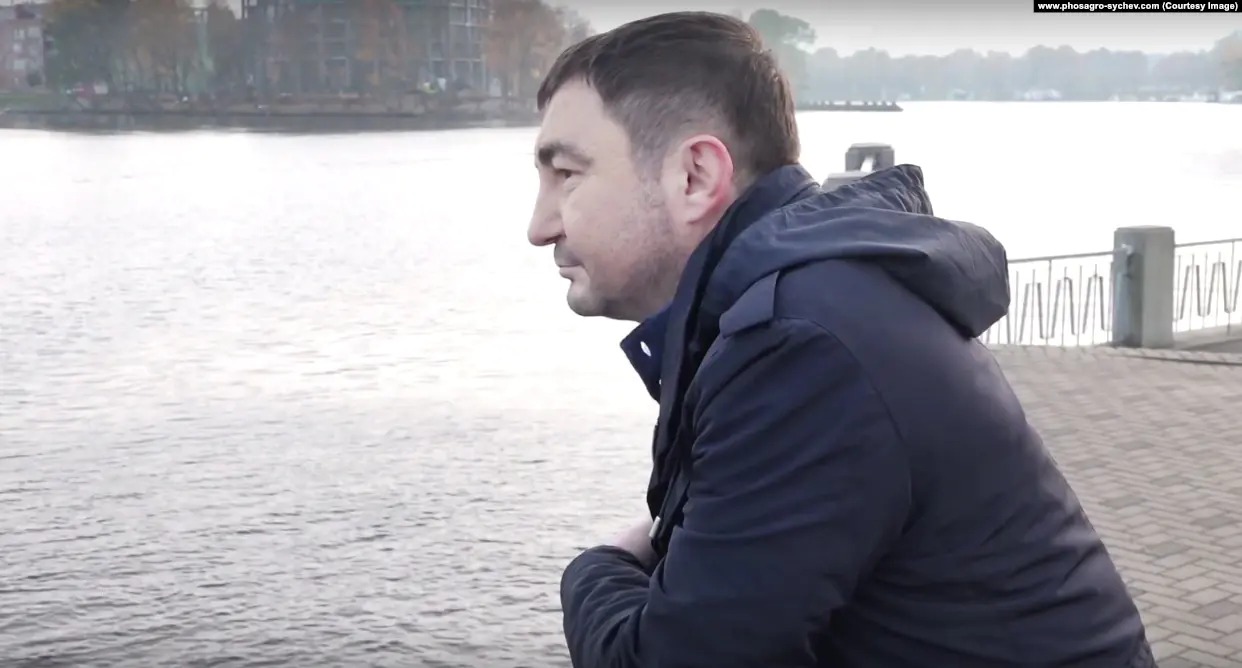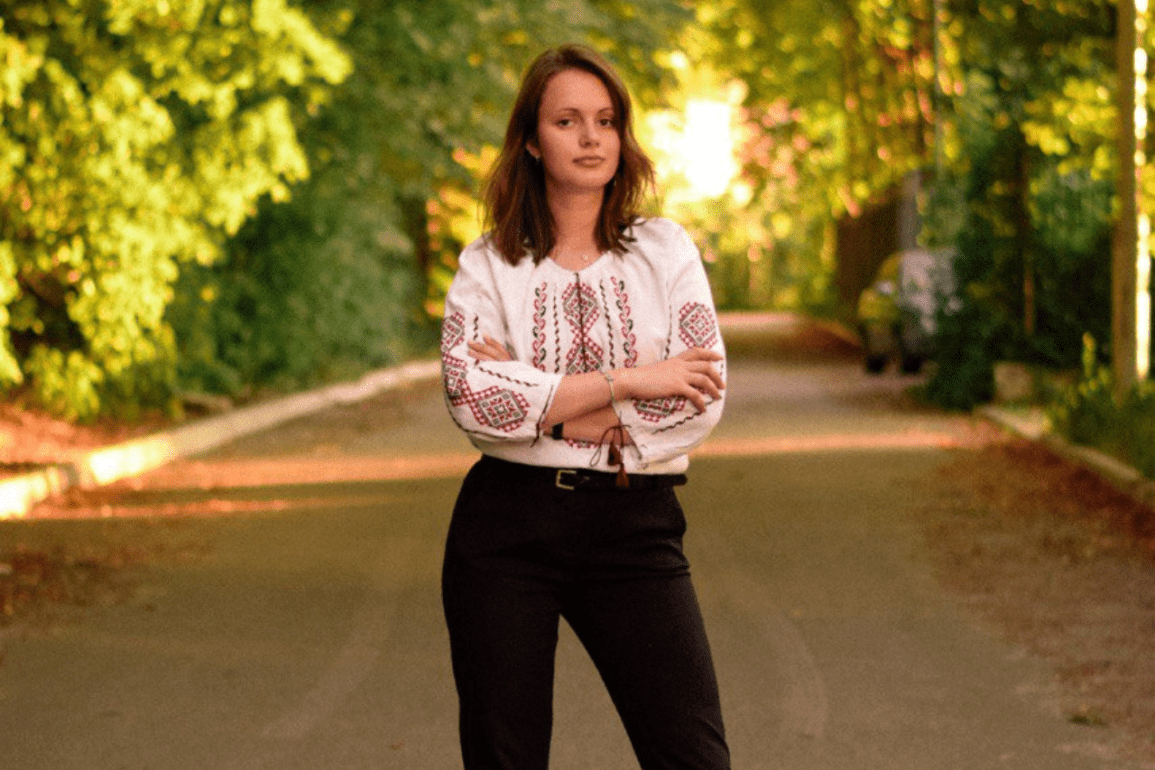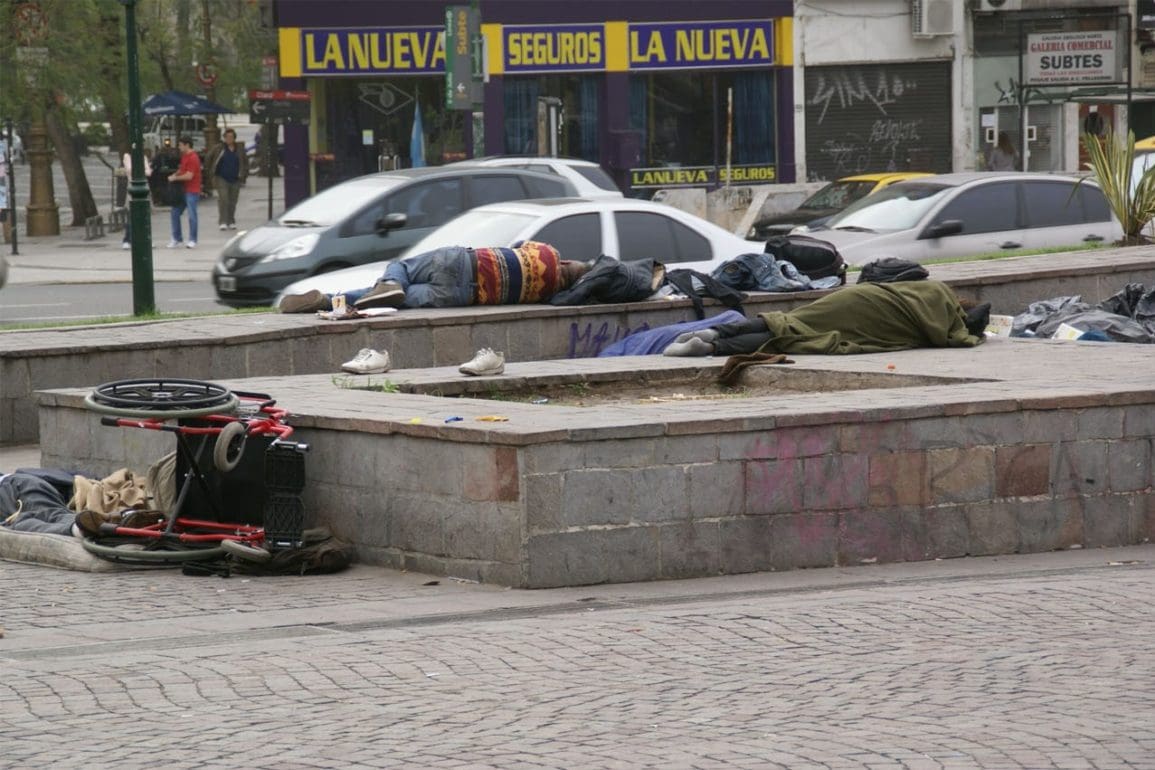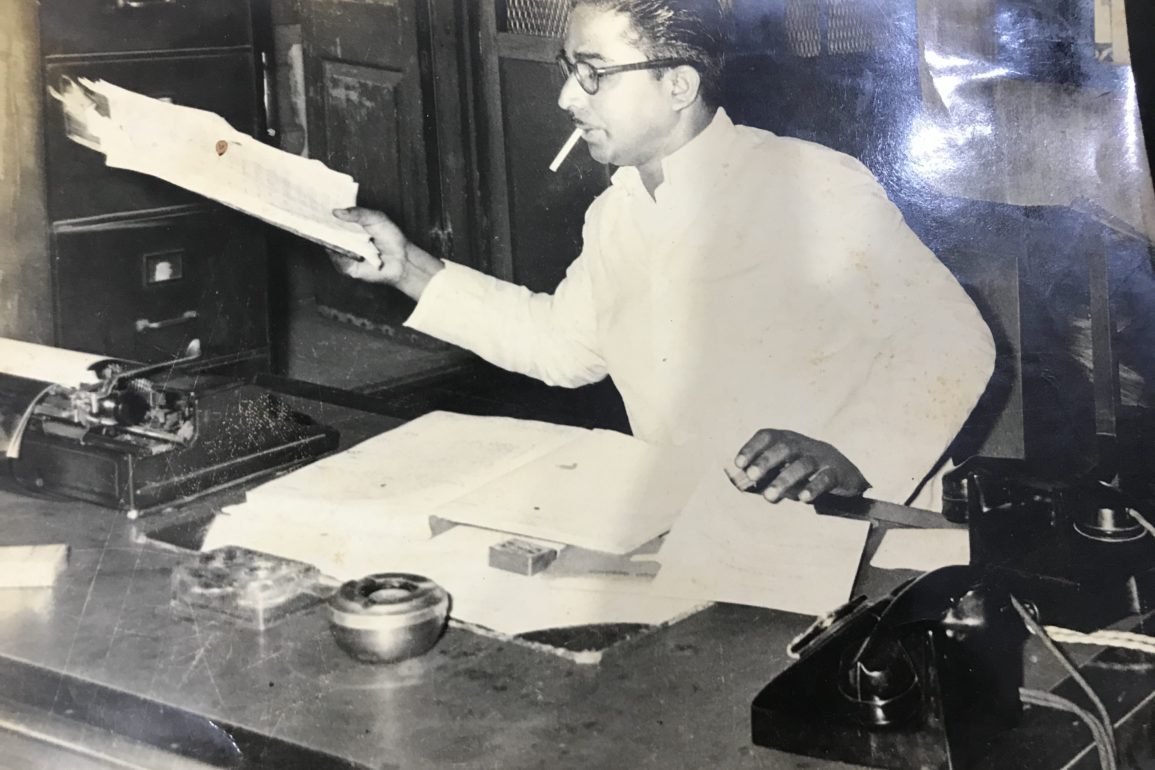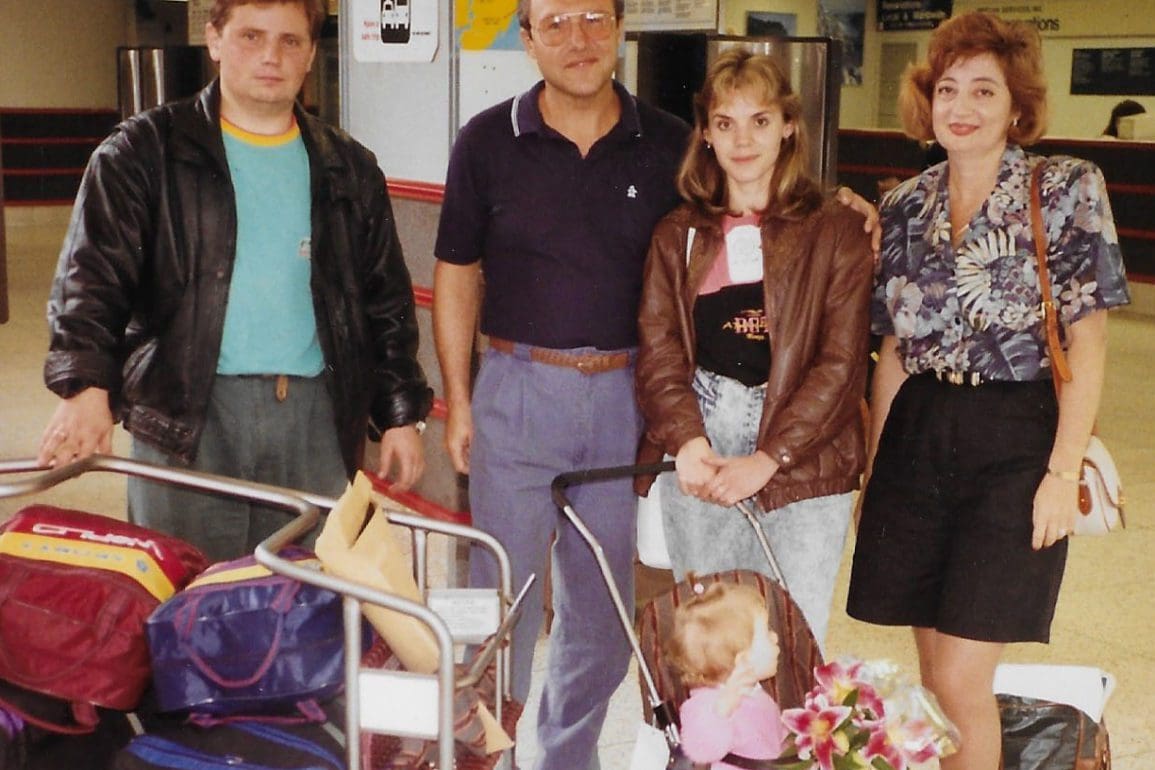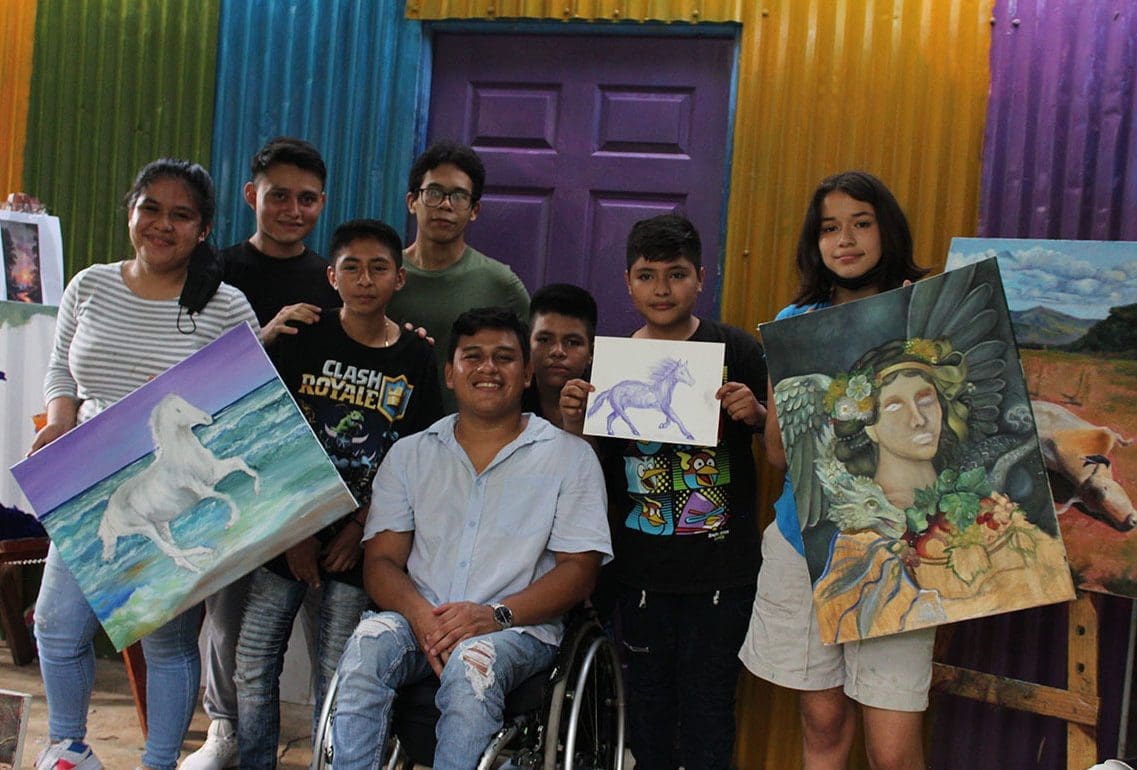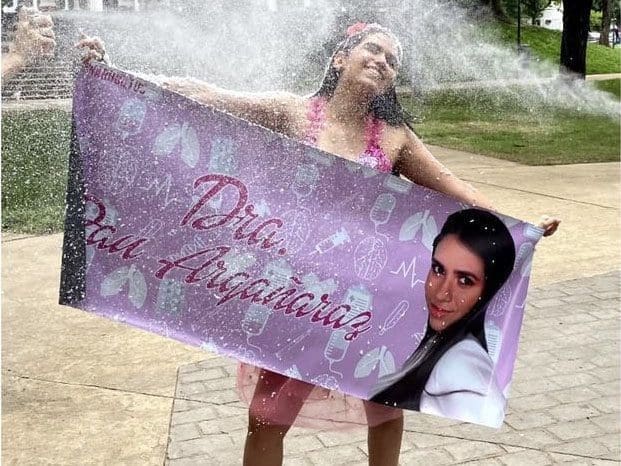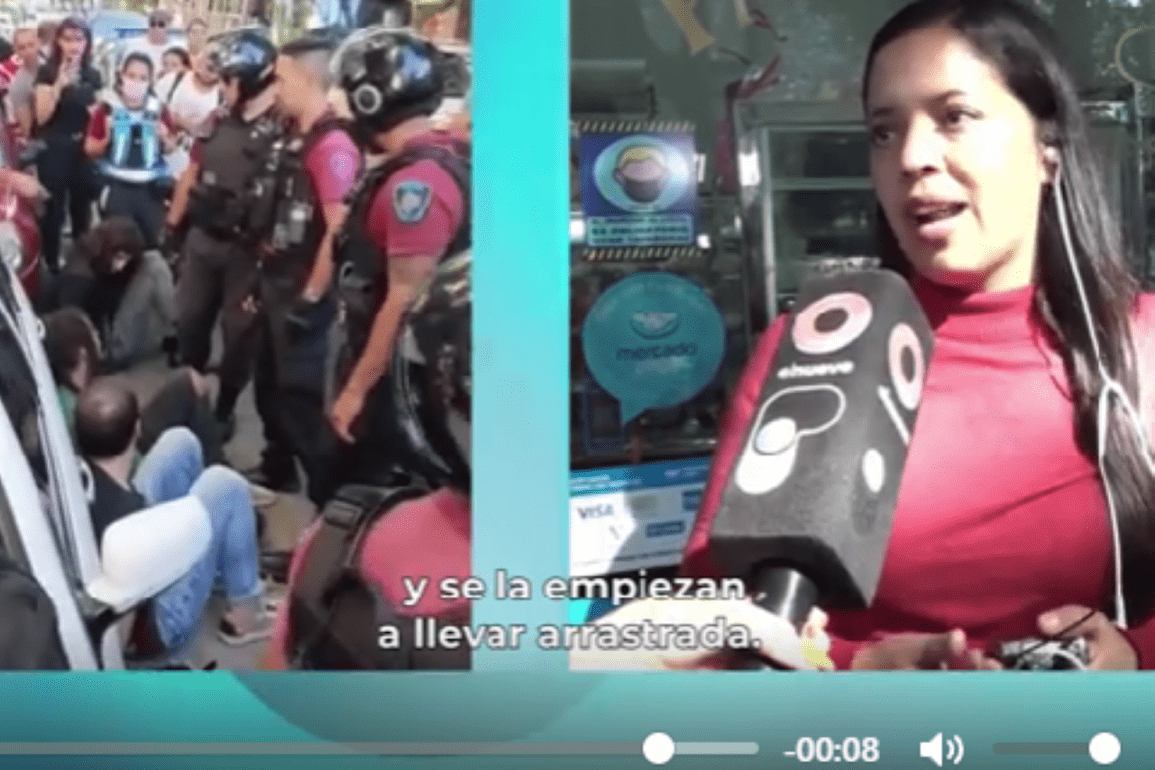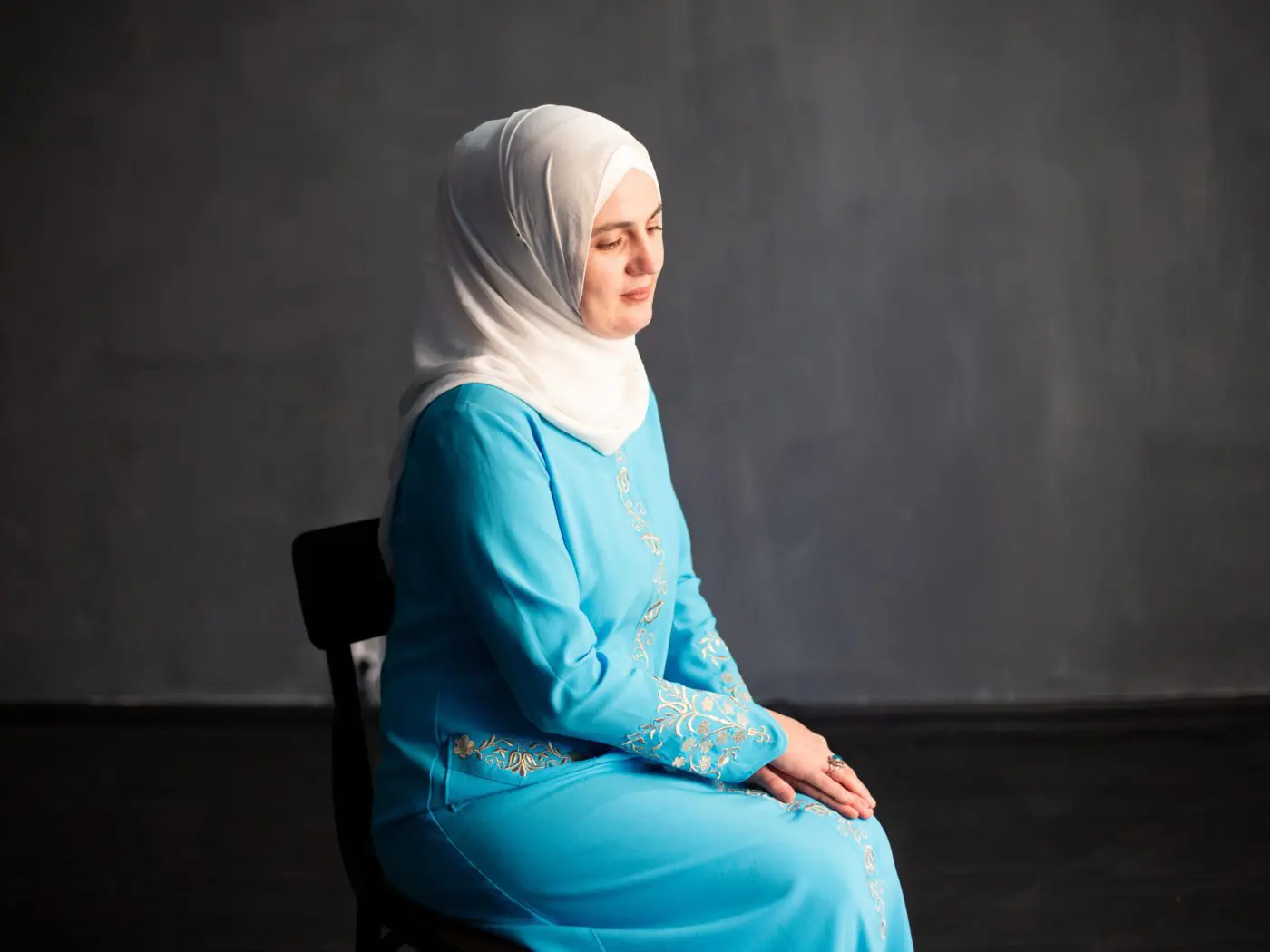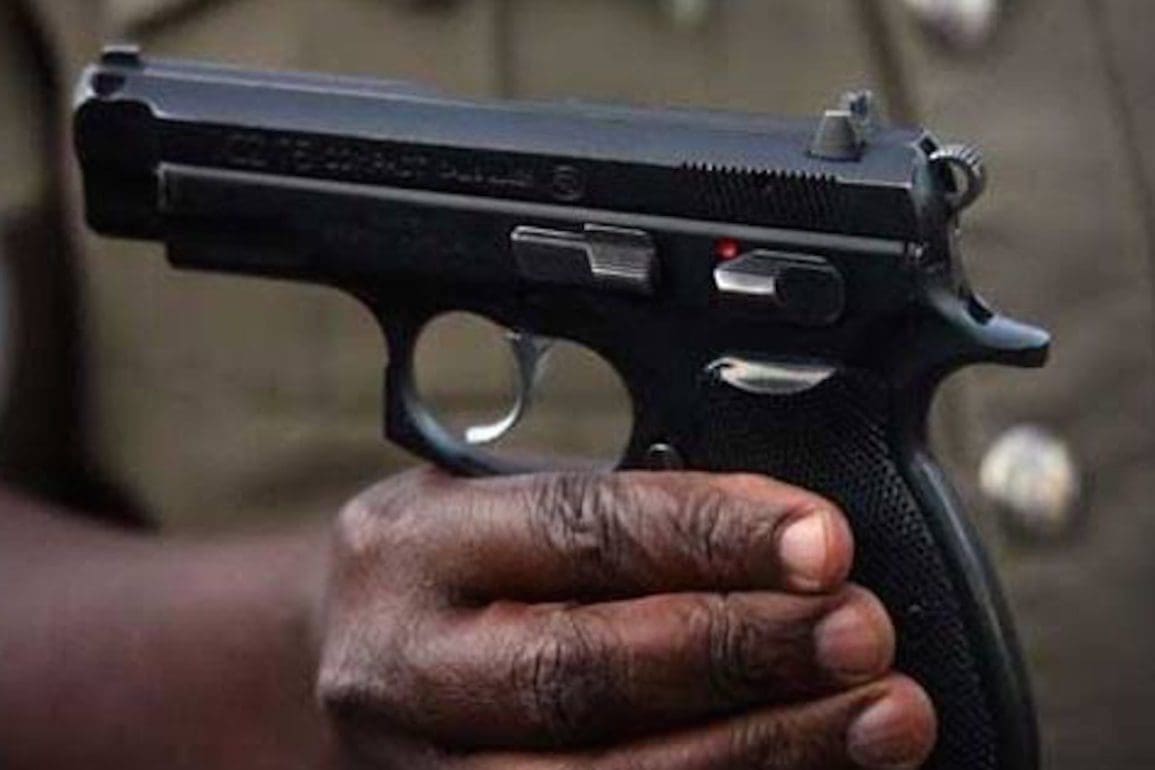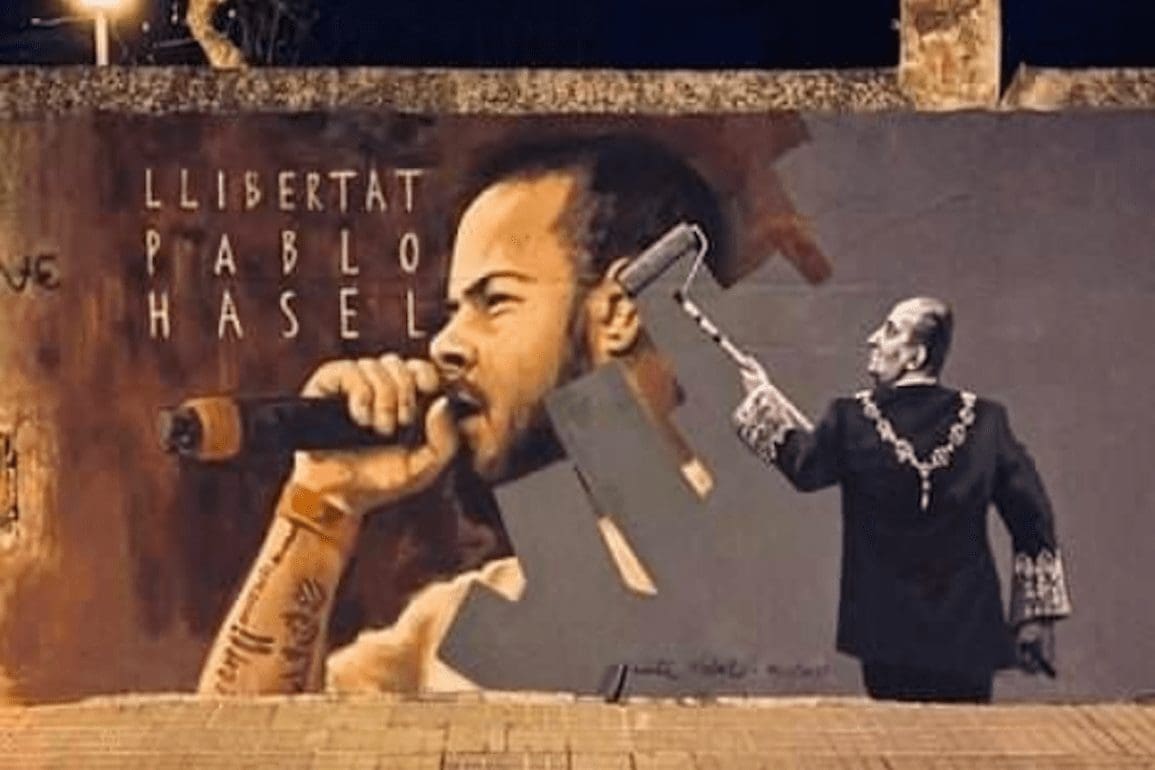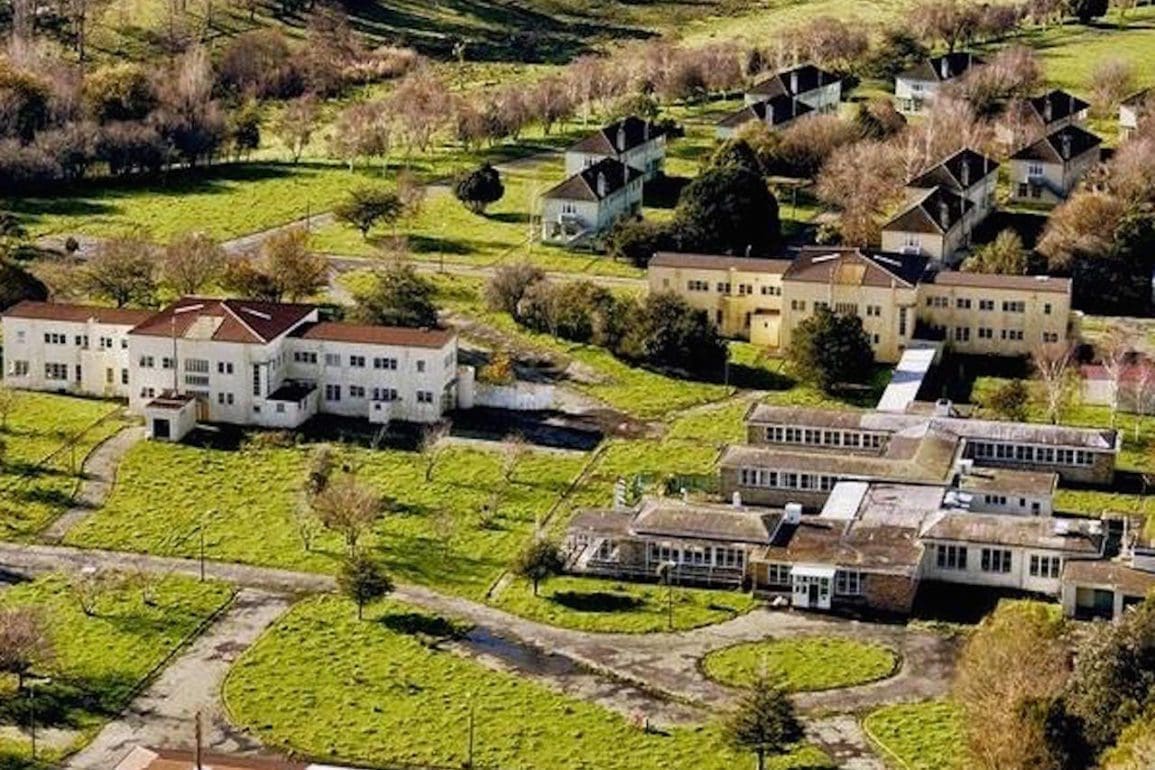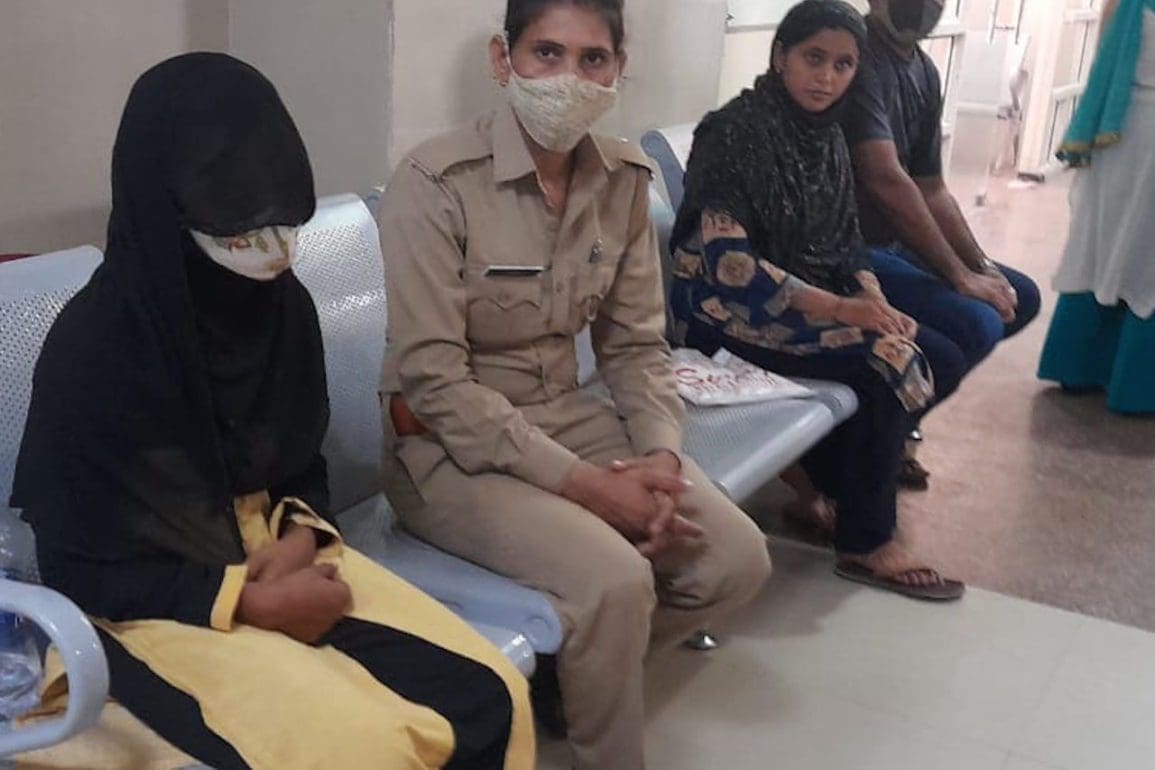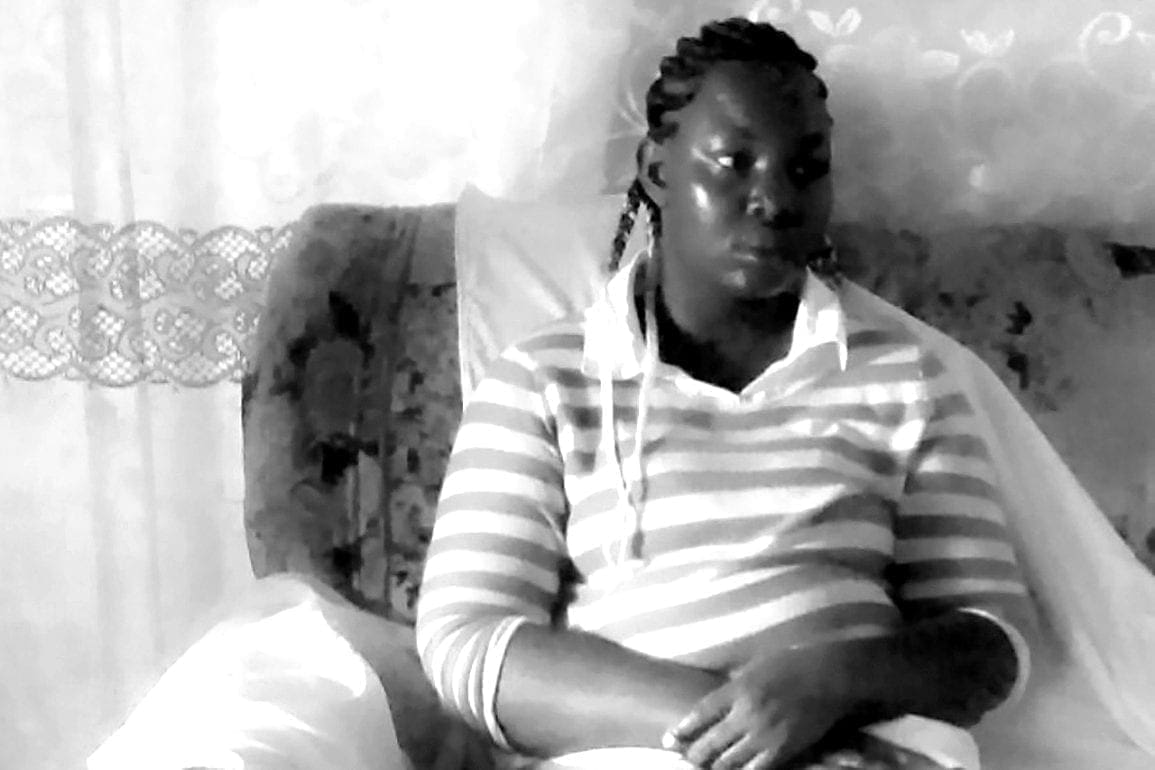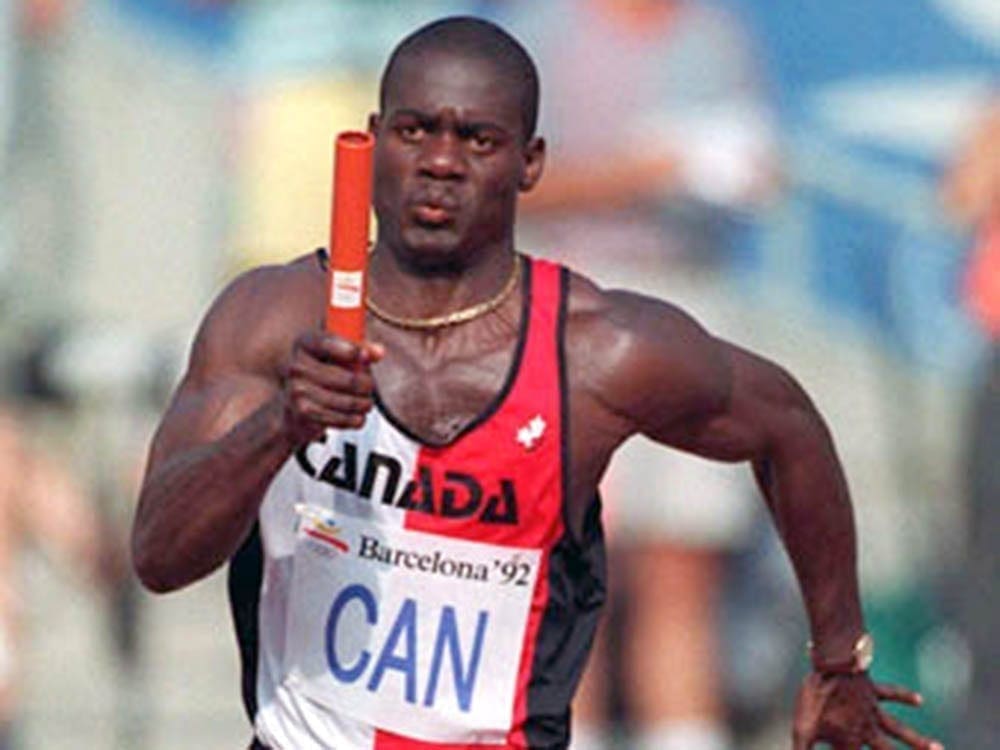Crónica TV journalist brutally assaulted by police while covering student protest in Argentina
As the police assaulted me, Pablo stepped forward to defend me, but they surrounded him instantly. The police threw him to the ground and beat him brutally and without mercy. I watched him fall as they tore the camera from his hands. Fear, helplessness, and restrained fury churned inside me as they blocked my path with their shields, keeping me from reaching him.
- 1 year ago
December 1, 2024

BUENOS AIRES, Argentina — On October 9, 2024, my cameraman Pablo Alonso and I arrived in the heart of Buenos Aires to cover the university march. Students, teachers, and university workers filled the streets, their united voices demanding better funding for public education. The massive crowd exuded a peaceful energy, starkly contrasting other demonstrations I covered.
With the Live View backpack secured, we moved through the crowd, staying alert while transmitting. I held the microphone firmly, capturing the pulse of the event as chants echoed from Congress. We felt a calm settle over us, unaware the worst was yet to come.
Read more stories from Argentina at Orato World Media.
YouTuber fuels chaos at student march, prompting police action
The student and teacher march On October 9, 2024 demanded funding for public education. The participants rallied to defend the university funding law, which President Javier Milei threatened to veto. At the same time, they raised urgent concerns about the declining purchasing power of teachers and non-teachers, emphasizing the critical need for salary increases amidst Argentina’s soaring inflation.
In the afternoon, as Pablo adjusted the camera to ensure the broadcast ran smoothly, I held my microphone and conducted quick interviews with the remaining students. Most already left, anticipating these events typically ended badly. As the conversations began with a few students about the university budget cuts, I felt less tense than in previous demonstrations. I even bumped into a few colleagues. We briefly commented on the unexpectedly low turnout and hoped the day would end without incident. Although I noticed security forces deployed everywhere, it felt more like a show.
Nevertheless, the calm did not last long. A small group grew upset with a YouTuber supporting Javier Milei’s politics, and suddenly the situation became tense. Having seen this YouTuber at previous marches, we knew his provocative style stirred people up. With a cell phone, he recorded as he asked demonstrators questions, clearly aiming to spark tension rather than inform. Immediately, the remaining people, mostly students, recognized him. Despite the insults directed at him, he continued undeterred until a group of students surrounded him.
As the situation escalated, the YouTuber decided to flee. Chaos erupted and shouts filled the air as people started recording with their cell phones. Within moments, police surrounded the area, their motorcycles roaring as they advanced. As the motorcycles moved in tight formation, they kicked up dust, leaving behind the lingering scent of burnt rubber. The air, thick with tension, made me feel as if something dangerous was imminent.
When I approached the chaotic crowd, the policemen quickly formed an encirclement, their motorcycles halting at key spots. Officers dismounted, some carrying shields, while others projected their usual intimidating presence. People around me backed away. Some attempted to film with their cell phones and the previously calm atmosphere turned into a pressure cooker.
Police assault journalist and cameraman during student protest
When the police arrested one of the students, tensions surged instantly. Isolated screams erupted into chaos as I moved toward the detained student. The remaining protesters shouted at the officers, demanding answers. Some rushed to the boy’s side, while others tried to stay out of the way. With my cameraman at my side, I sprinted toward the student, wanting to ask who he was and why he was being taken. Just as I reached him, a policeman grabbed my arm and yanked me toward the street, treating me like an object. Instinctively, my legs reacted, keeping me upright. Adrenaline surged through me as I fought to keep filming.
Disoriented, my heart raced as my mind processed the shock. As I reached for the microphone, another officer blocked me with a shield, as if I was a threat. I felt the heat of the plastic and heard his labored breathing. Next to me, my cameraman screamed, pleading to be left alone as he tried to record. Although the officers grip on my arm stung, I kept going. I knew I had to document what was happening, even if it meant confronting them directly. Before I could react, another officer shoved me in the chest with both hands, knocking me off my feet. For a moment, the air rushed out of my lungs as everything blurred. I hit the curb but did not have time to dwell on the pain. Ultimately, I was there to report, not to be a victim.
As the police assaulted me, Pablo stepped forward to defend me, but they surrounded him instantly. The police threw him to the ground and beat him brutally and without mercy. I watched him fall as they tore the camera from his hands. Fear, helplessness, and restrained fury churned inside me as they blocked my path with their shields, keeping me from reaching him. The chaos unfolded within minutes, yet it felt endless. The violence occured at a relentless speed, leaving a knot in my stomach as I braced for the inevitable.
Journalist trapped and helpless as police brutally assault cameraman
As Pablo lay on the ground, I watched him pinned beneath four policemen. He was defenseless. One officer gripped his neck, cutting off his air, while the others rained blows on his legs, back, and wherever they could reach. The brutality of the scene felt staggering, almost unreal. Rage and fear surged within me, every moment stretching as if time slowed. My instinct screamed for me to run to him, to intervene, but a police shield blocked my path, holding me back. Screaming his name, I desperately wanted to let him know I was there, but my voice drowned in the clattering sounds. I felt trapped in a nightmare, watching helplessly as horror unfolded before me.
The officers with shields formed an impenetrable wall. Their faces showed indifference and hostility, treating me as invisible. Striking the shield’s edge with my free hand, I shouted and demanded to pass, but they remained unmoved. Around me, some demonstrators filmed with their cell phones, while others screamed in anger, but no one could break through. The air filled with insults and sirens, blending with the desperate cries of those few who tried to break through, but their efforts were in vain. Gradually, the police took control as we became their target.
My heart pounded, slamming against my ribs. I wanted to break through the police wall, to stop them, but I knew it was impossible. As my arms trembled with helplessness, my voice grew hoarse, swallowed by the noise surrounding us. A terrifying thought struck me: “He’s not going to make it. I can’t do anything. They’re taking him away.” Fear crept into my bones, but I refused to let it take control. Pushing forward, I searched for a gap between the shields, never taking my eyes off Pablo. Mercilessly, time dragged on. Each second stretched into what felt like eternity. We became vulnerable before a police force which saw no difference between aggressors and press workers.
Journalist shouted: “They’re throwing gas at me”
As I struggled to get through the shields, a policeman approached, holding a canister of pepper spray. He raised it to my face and was about to spray. Instinctively, I shouted, “They’re throwing gas at me!” He paused, looking down at the microphone bucket with the channel’s insignia, and slowed his movement, not pulling the trigger. Time froze. I stood there, trembling, while the other officers continued hitting Pablo on the other side of the barrier.
I searched for a gap between the officers’ shields, but they blocked every attempt, determined to keep the cameraman and reporter apart. In an instant, I found a small corridor and ran towards him. When I arrived, I saw Pablo on the floor, panting, with hand marks on his neck. His camera and cables were scattered everywhere. I whispered for him to calm down, but only fear shone in his eyes.
As I helped him, others surrounded us, protecting us from the onslaught. Trembling, I gripped my phone and sent a message to inform my channel, Crónica. Soon after, more colleagues arrived and surrounded us, forming a shield to defend us. Within minutes, the chaos began to subside. We began to cry, not from the gas or fear, but from the helplessness of having been attacked.
Despite violence, journalist continues to fight for truth
When the unrest ended, I returned to the channel. We were both battered, physically and emotionally. Pablo went to study while I downloaded the videos and wrote about what I witnessed. That night, sleep eluded me. Every time I closed my eyes, I saw the policeman’s hands nearing my face, the kicks landing on Pablo, and the sound of shields hitting the ground.
Each day, I step onto the street as the sun rises. My backpack hangs over my shoulder, microphone in hand, and the camera follows my every move. I head out, seeking what others overlook, the untold stories, hiding beneath the surface. What I find is always the same. Retirees stretch their resources, unable to afford more. Children scream for a future ripped from their grasp. Violence lingers, ready to erupt at the slightest spark.
Amidst this uncertainty, I take on a difficult, unglamorous job. I absorb the people’s anger and meet the eyes of those with nothing left to lose. Every time I step onto the street, I know something will hurt me, but I go out again because I cannot stand injustice. If I do not speak out against injustice, no one else will. My anger and desire for change drive me.
The tears of those who dare to speak fuel my resolve, as do the hugs they share. When they push and hit me, trying to turn off the camera, it feels like they are trying to erase everything wrong, so I refuse to stay silent. On that harrowing day, they did not just turn off my camera; they tried to silence my voice. Nevertheless, I am still here, narrating the pain and the fire as it is the only way I can resist—by giving voice to those whom silence tries to erase.









